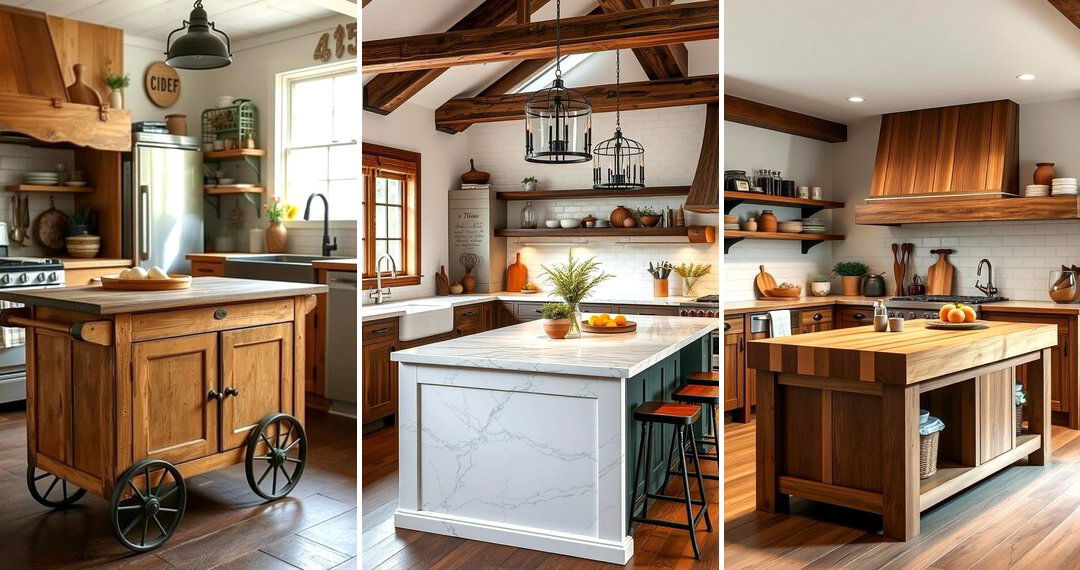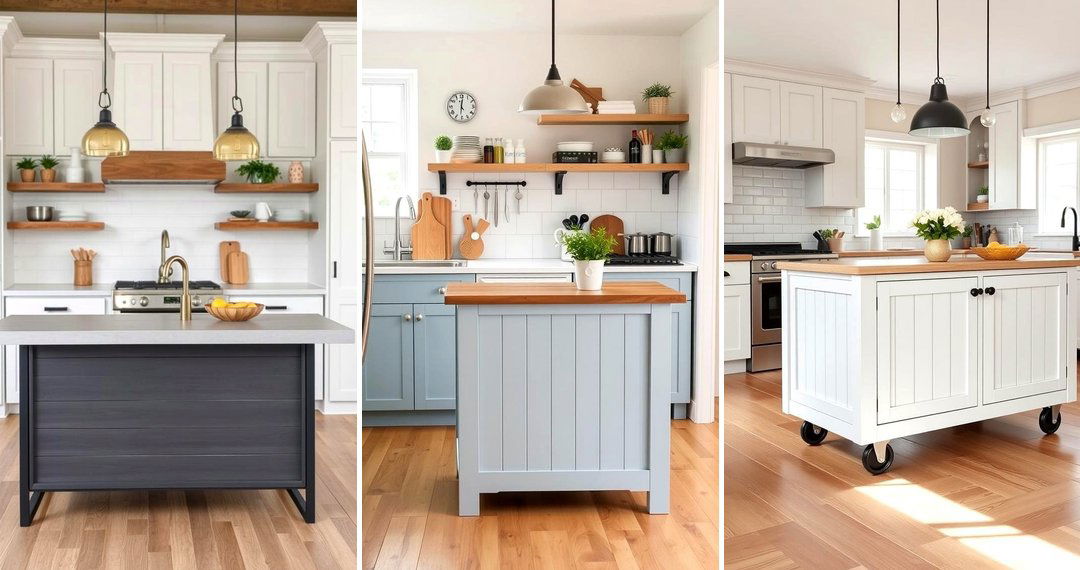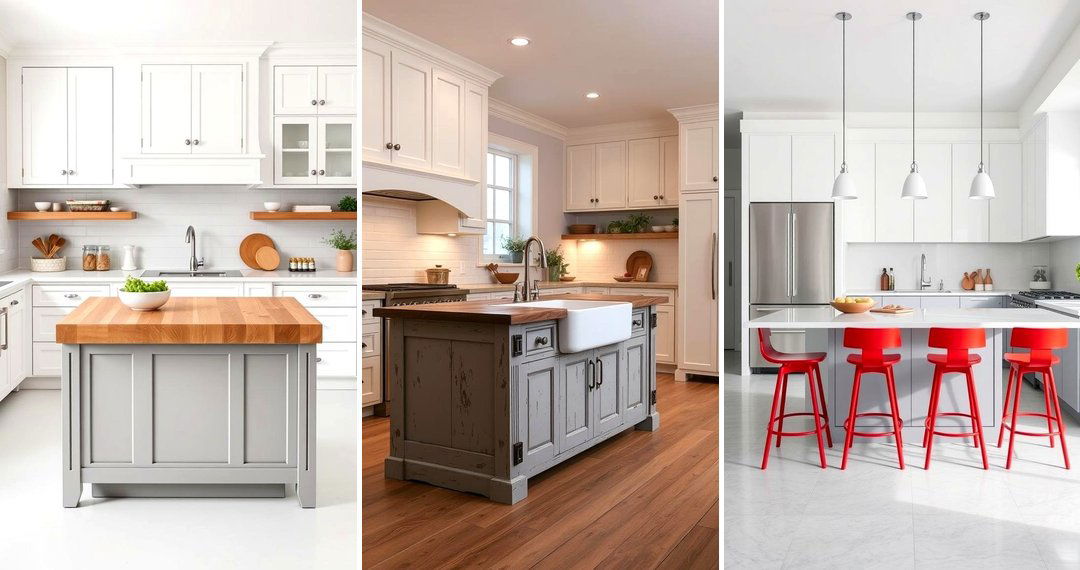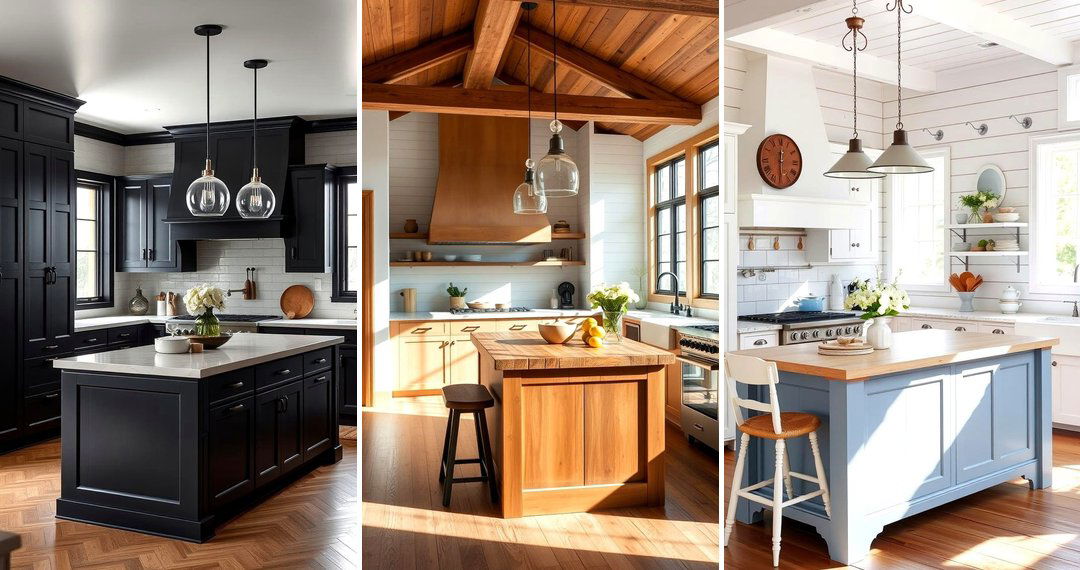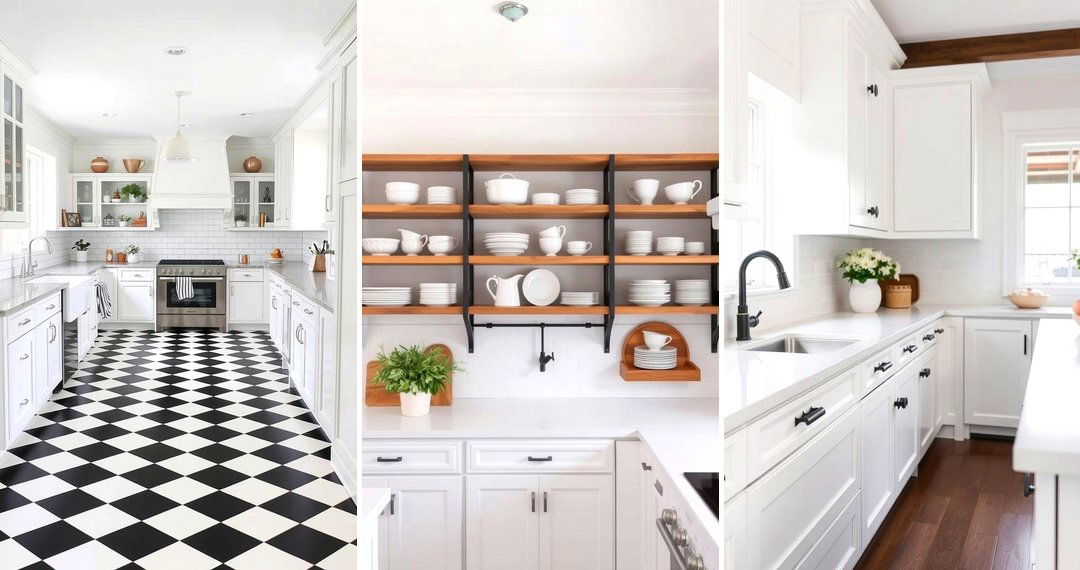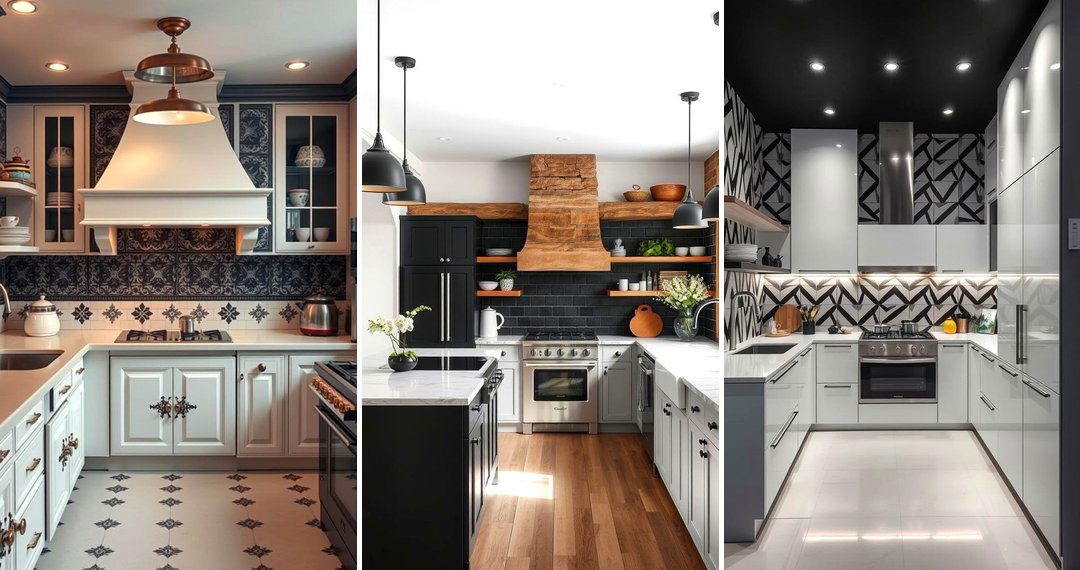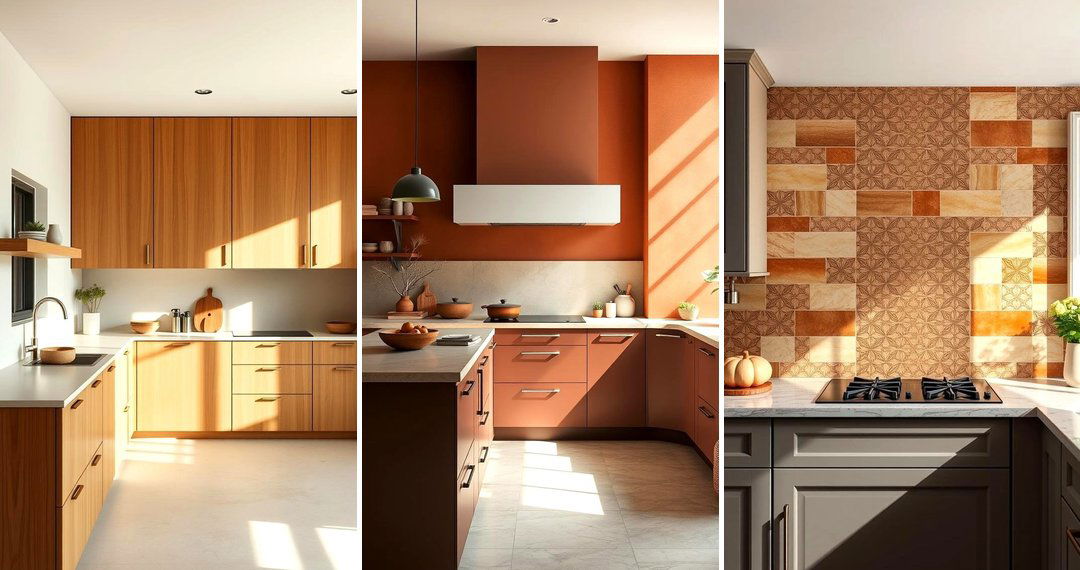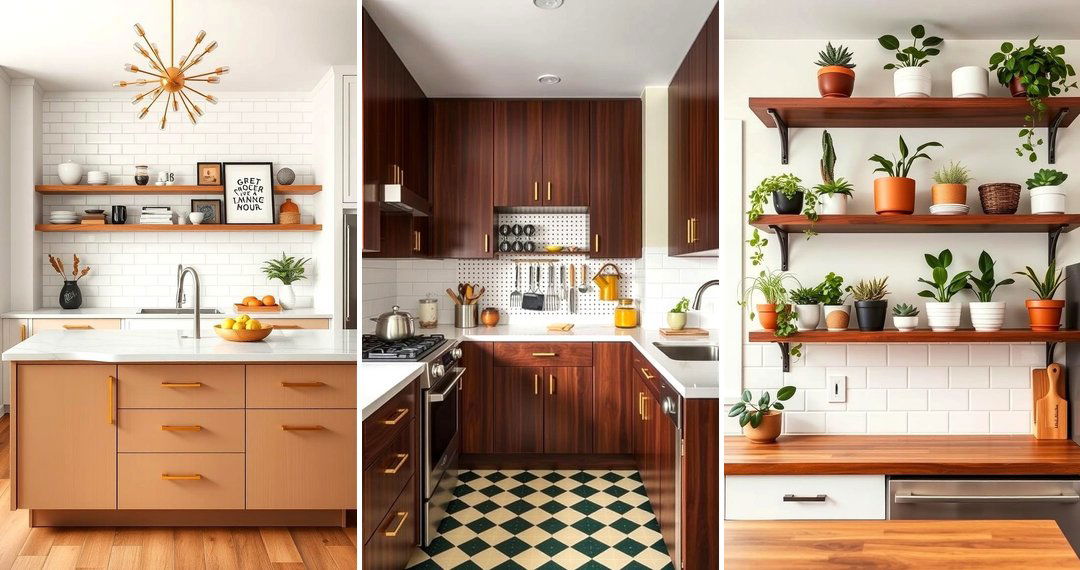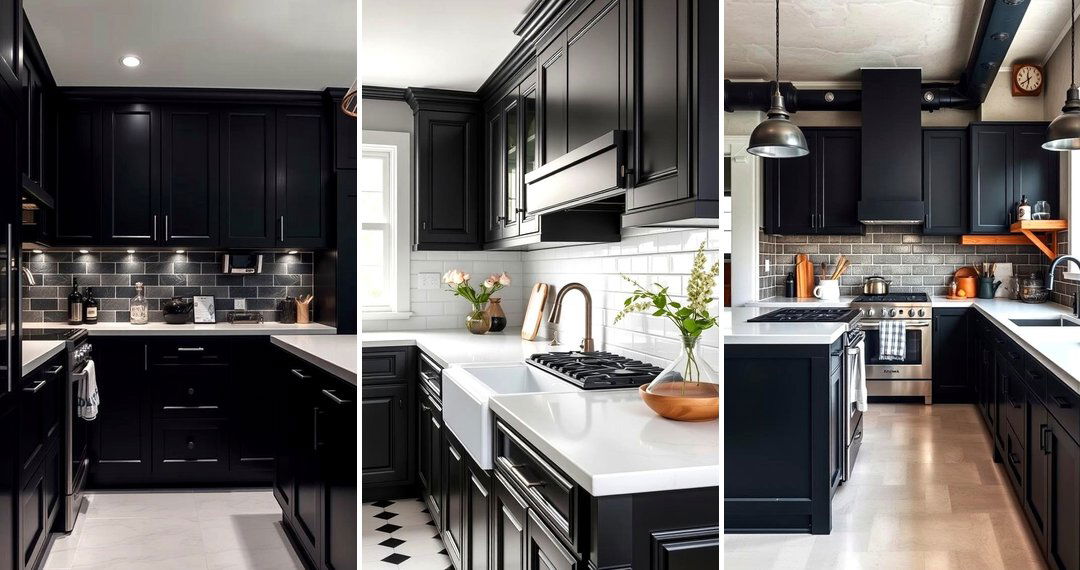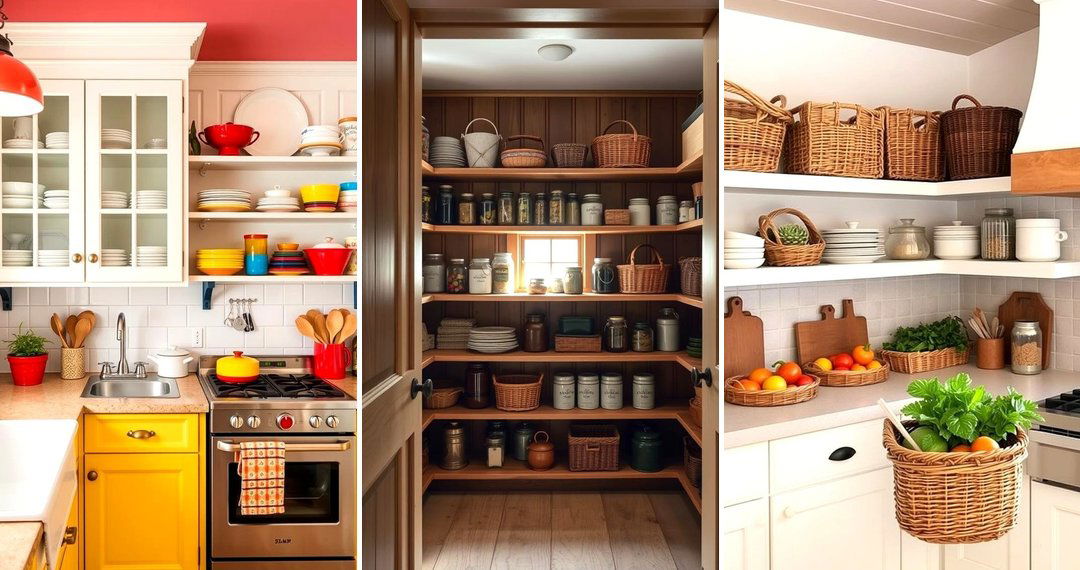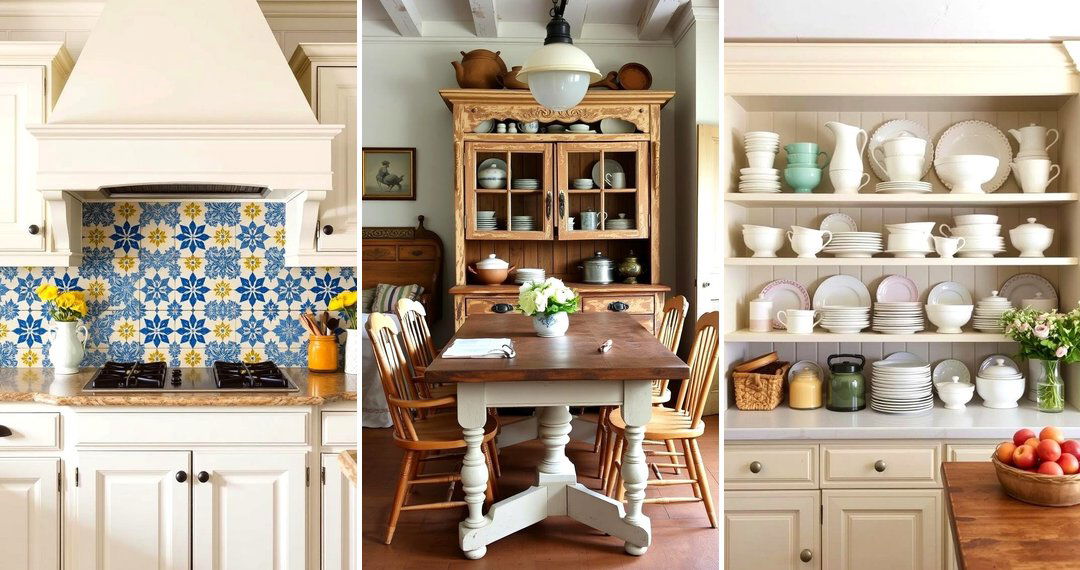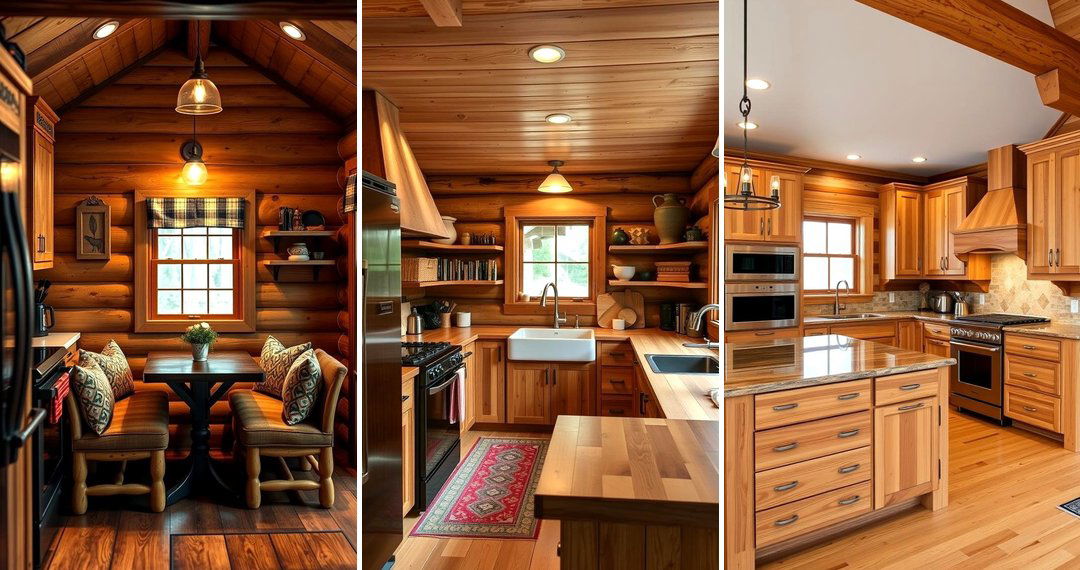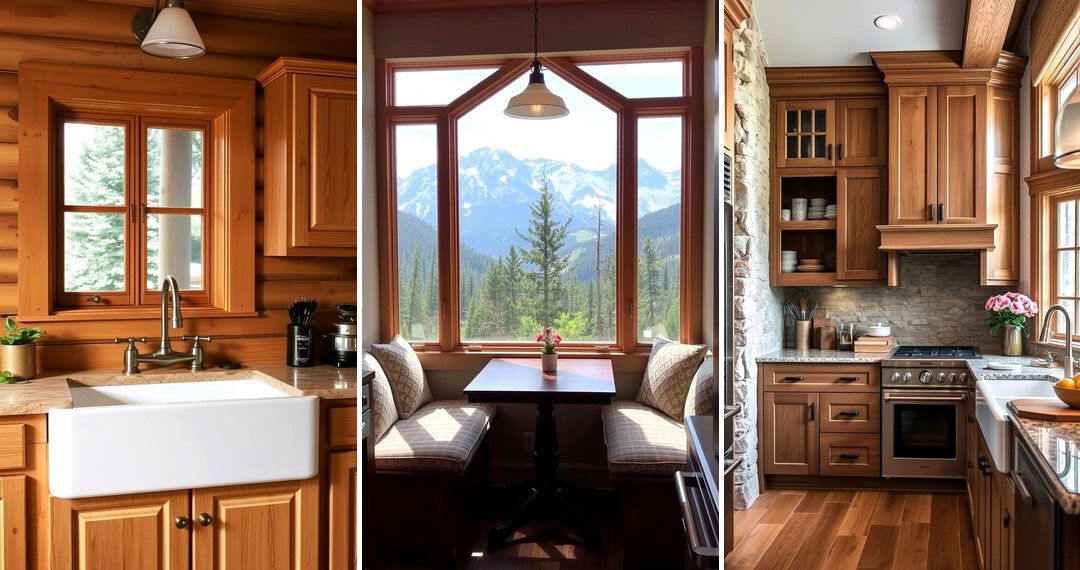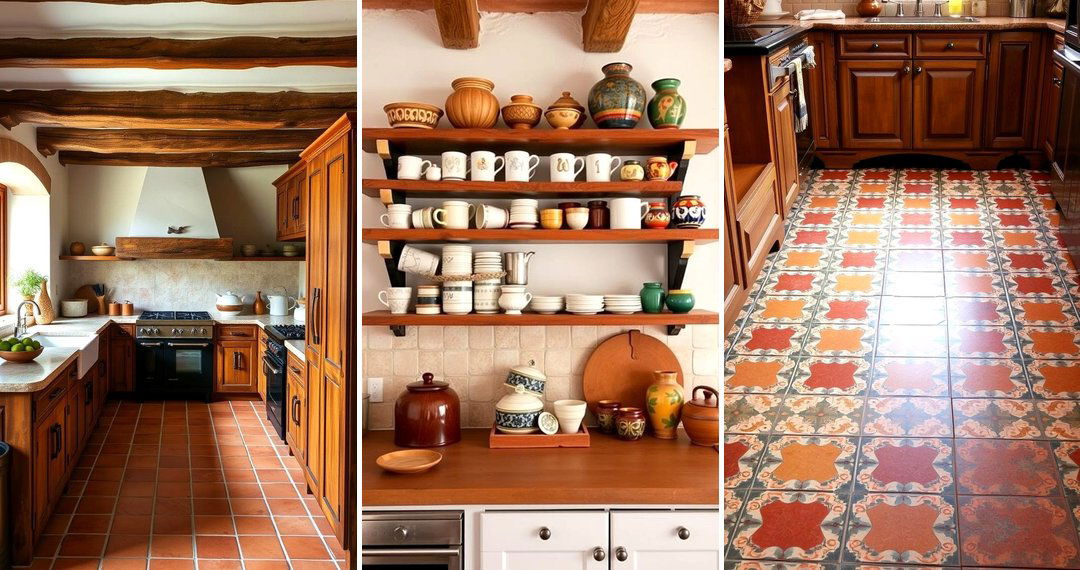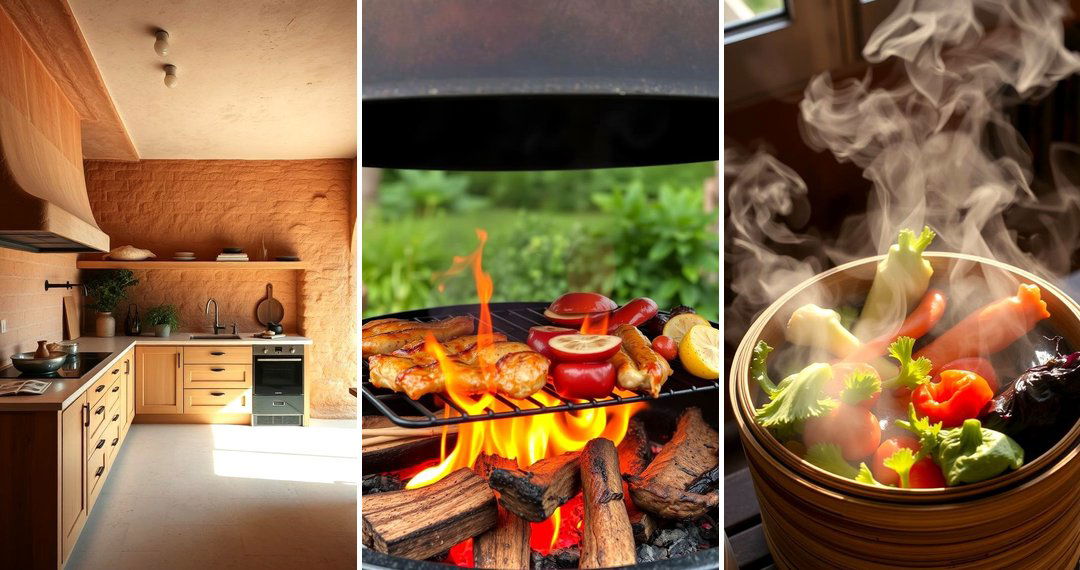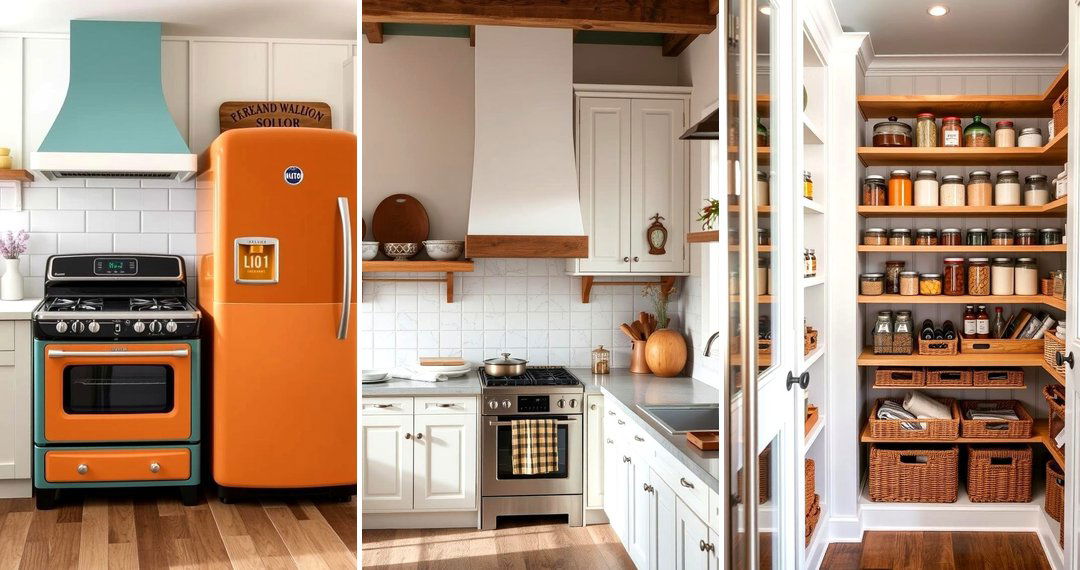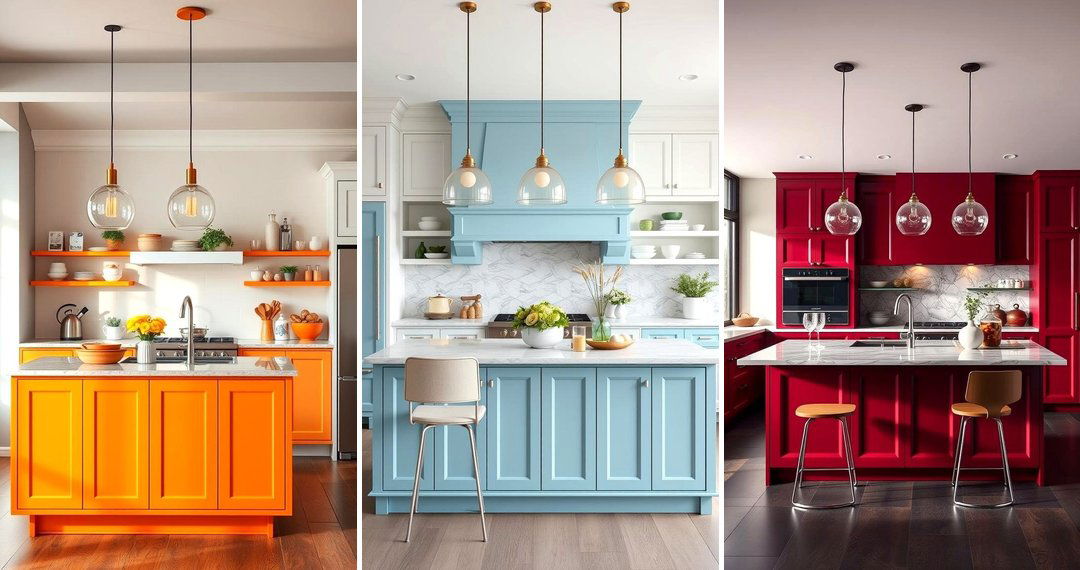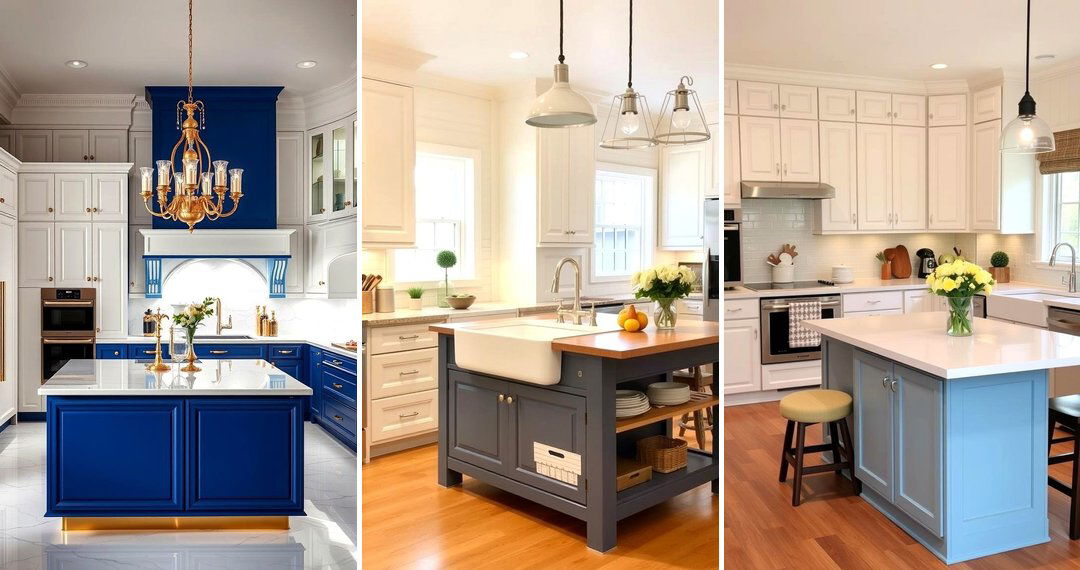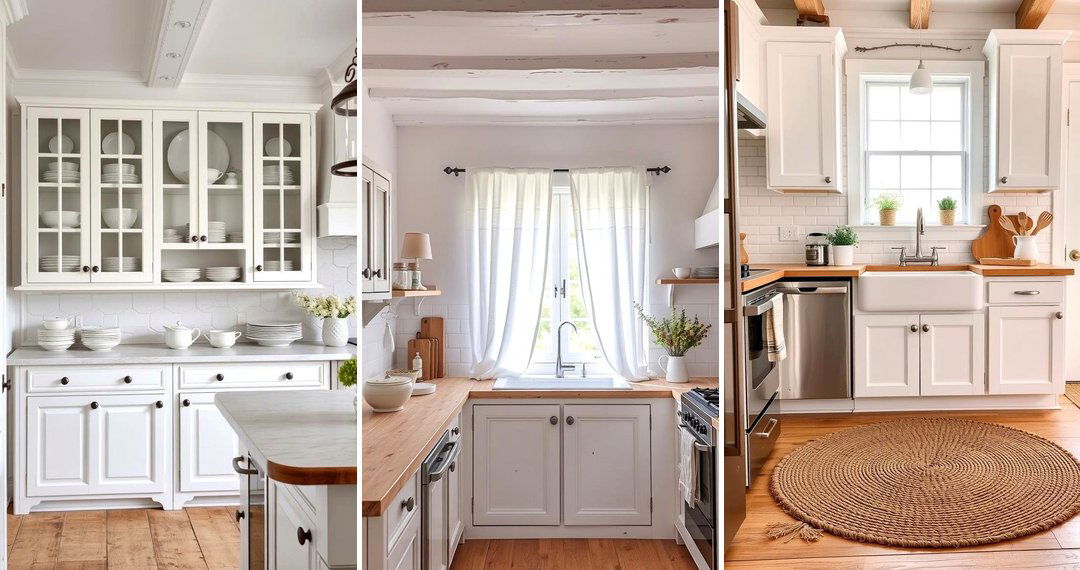Rustic kitchen islands have become a beloved centerpiece in homes, seamlessly blending functionality with a warm, inviting aesthetic. They offer not just additional workspace but also a gathering spot, a casual dining area, and a focal point that enhances the overall charm of the kitchen. The beauty of a rustic island lies in its ability to evoke a sense of history and craftsmanship, often featuring natural materials and time-worn finishes that tell a story. Exploring the diverse possibilities within this design style can inspire homeowners to create a kitchen that is both practical and deeply personal. Let's delve into some captivating ideas for crafting your own unique rustic kitchen island.
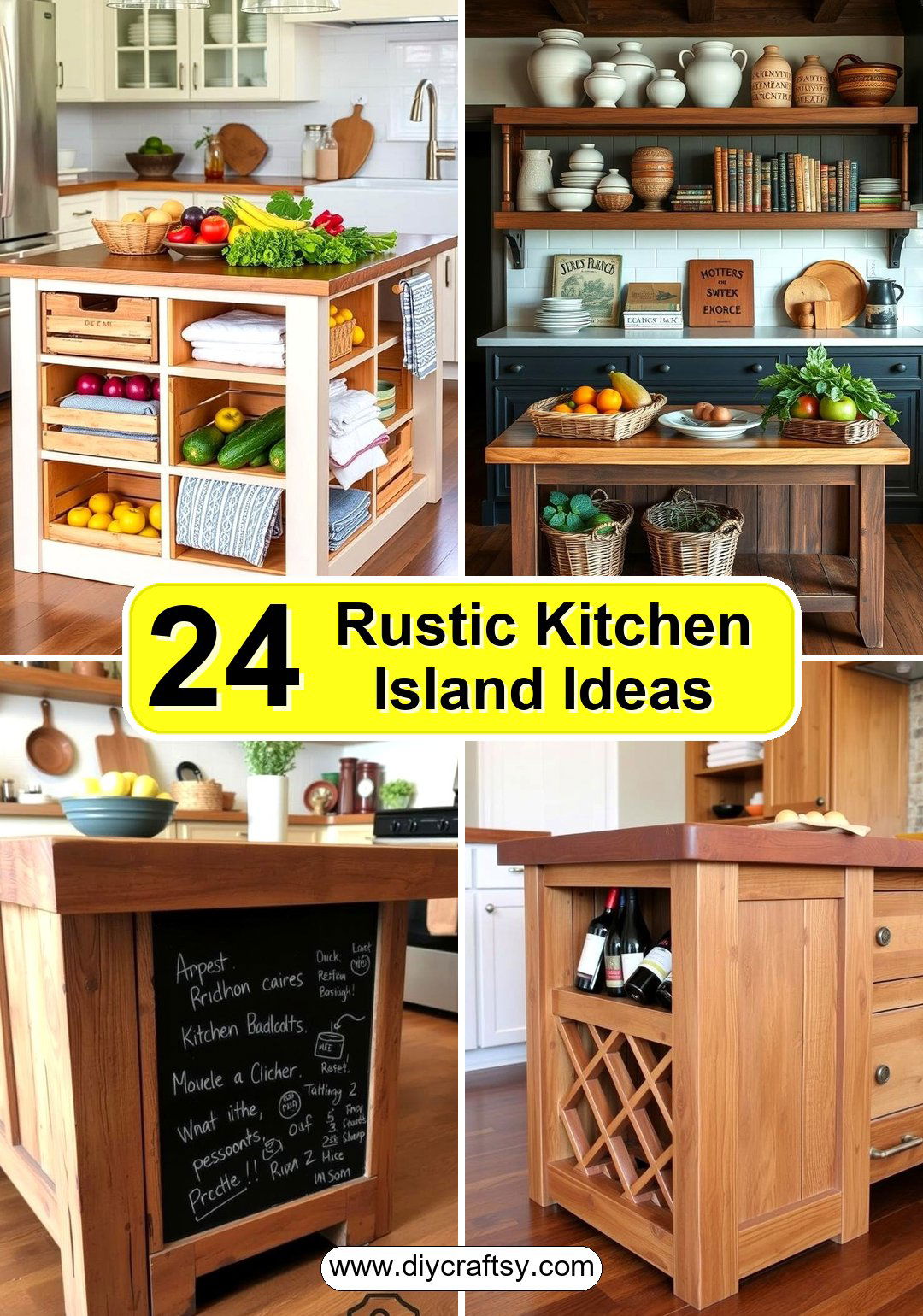
1. Reclaimed Wood Statement Piece
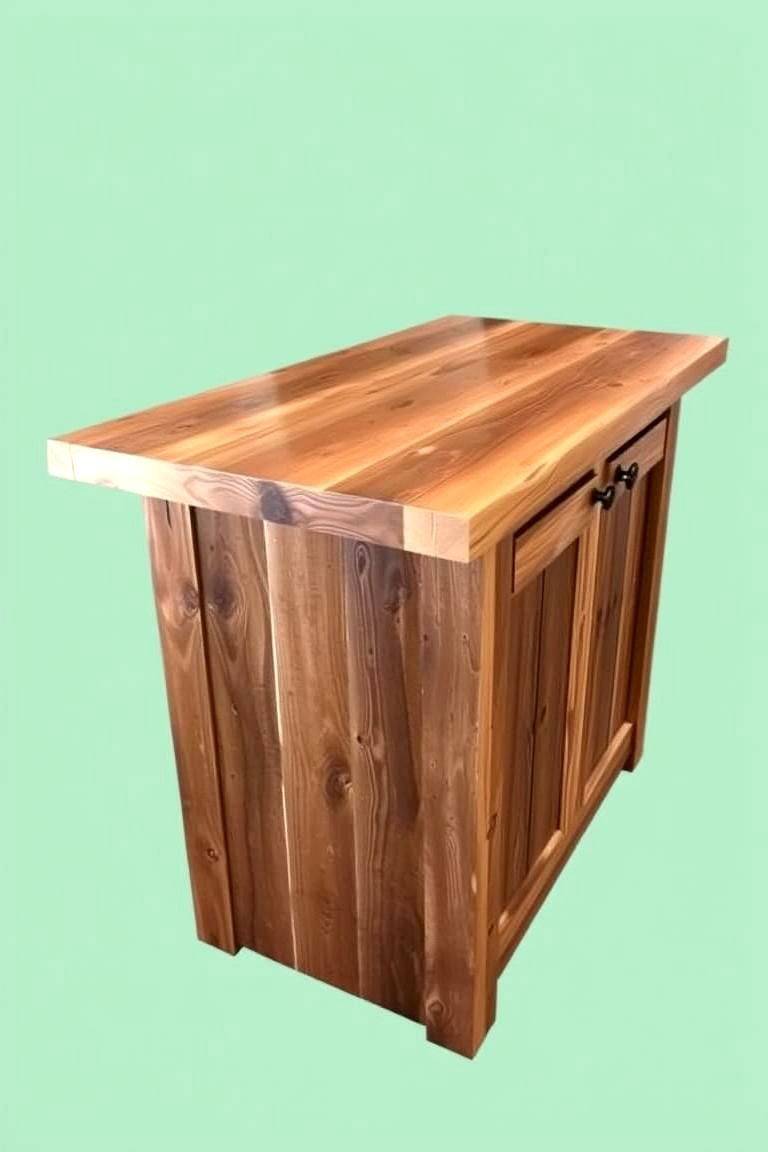
Consider a kitchen island crafted entirely from reclaimed wood. The natural imperfections, such as knots and grain variations, tell a story and add immense character. This choice is not only aesthetically pleasing but also environmentally conscious, giving new life to old materials. The robust nature of reclaimed wood ensures durability, making it a practical choice for a high-traffic area like a kitchen island. Imagine the warmth and history this centerpiece would bring to your culinary space.
2. Butcher Block Top with Distressed Base
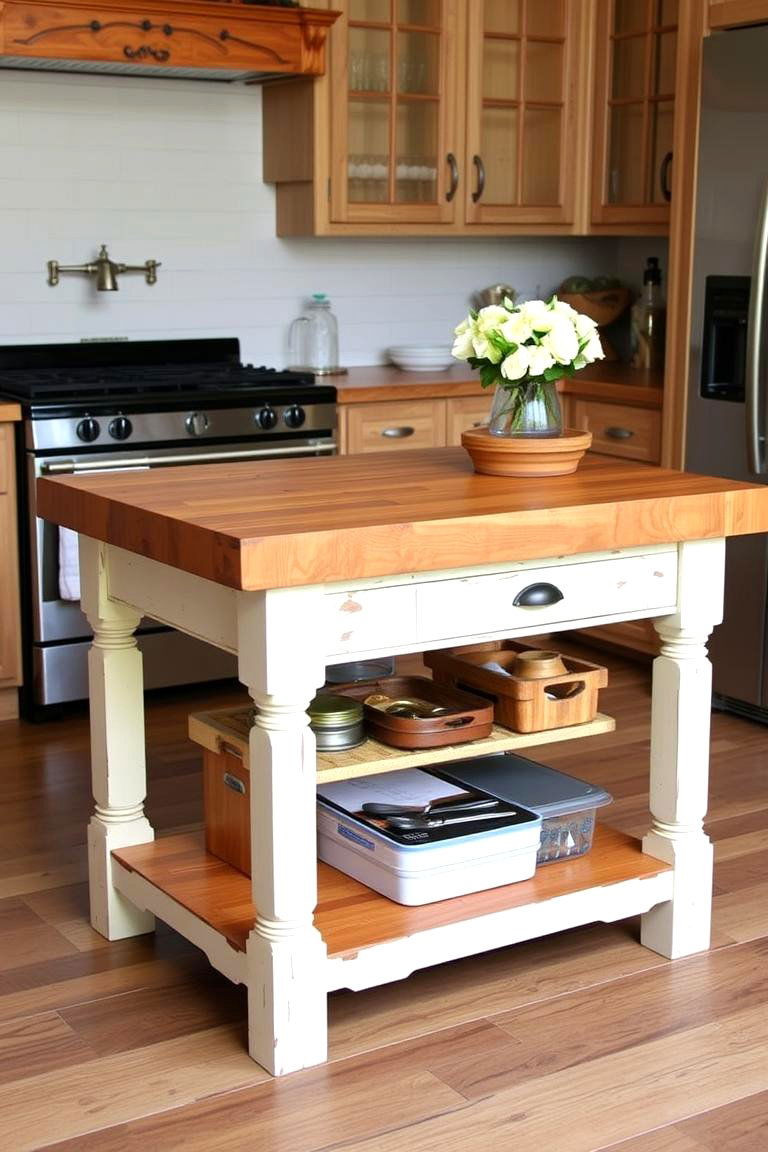
Another fantastic idea involves pairing a thick butcher block countertop with a distressed wooden base. The butcher block offers a durable and food-safe surface, ideal for meal preparation. Meanwhile, a base with a deliberately aged finish, perhaps with visible wood grain and slightly chipped paint, enhances the rustic appeal. This combination provides a perfect balance of functionality and vintage charm, making your island both beautiful and highly practical for everyday use.
3. Farmhouse Sink Integration
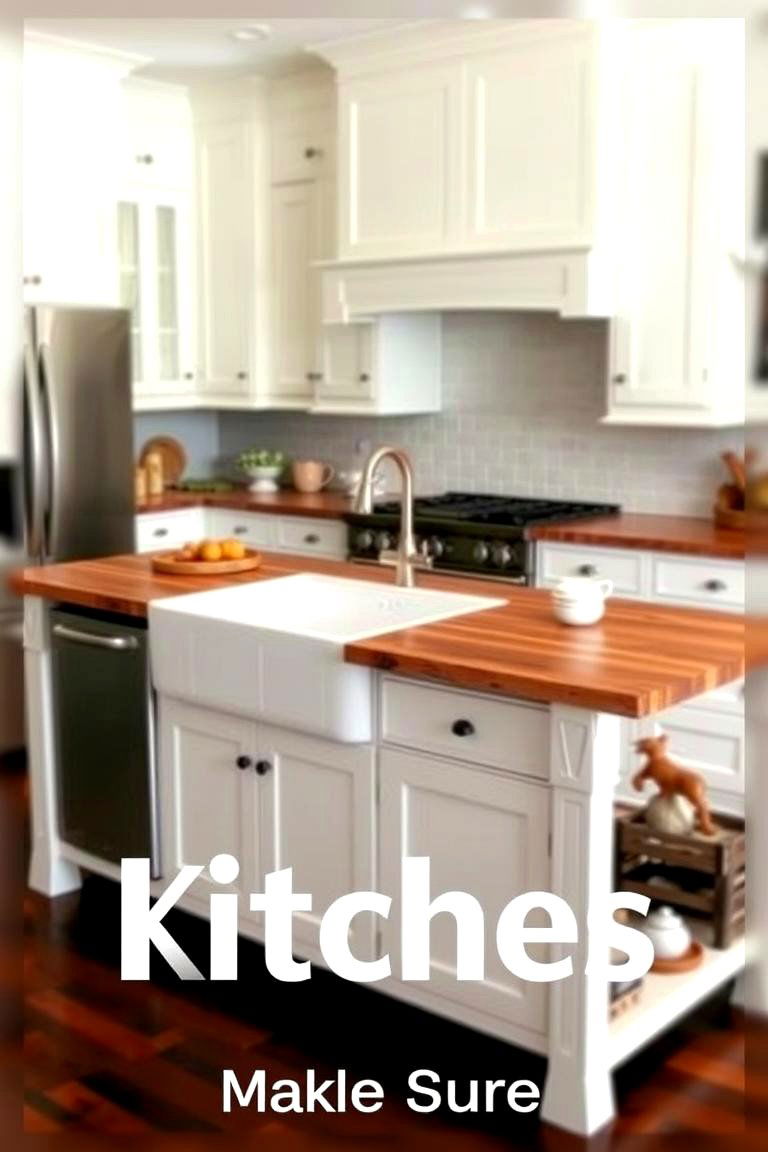
What about incorporating a classic farmhouse sink into your rustic kitchen island? The deep basin and exposed front of a farmhouse sink lend themselves perfectly to a rustic aesthetic. Integrating it into the island creates a dedicated prep area and adds a touch of traditional charm. Imagine the convenience of washing vegetables or filling pots right at your island, all while enhancing the overall farmhouse feel of your kitchen.
4. Open Shelving for Display
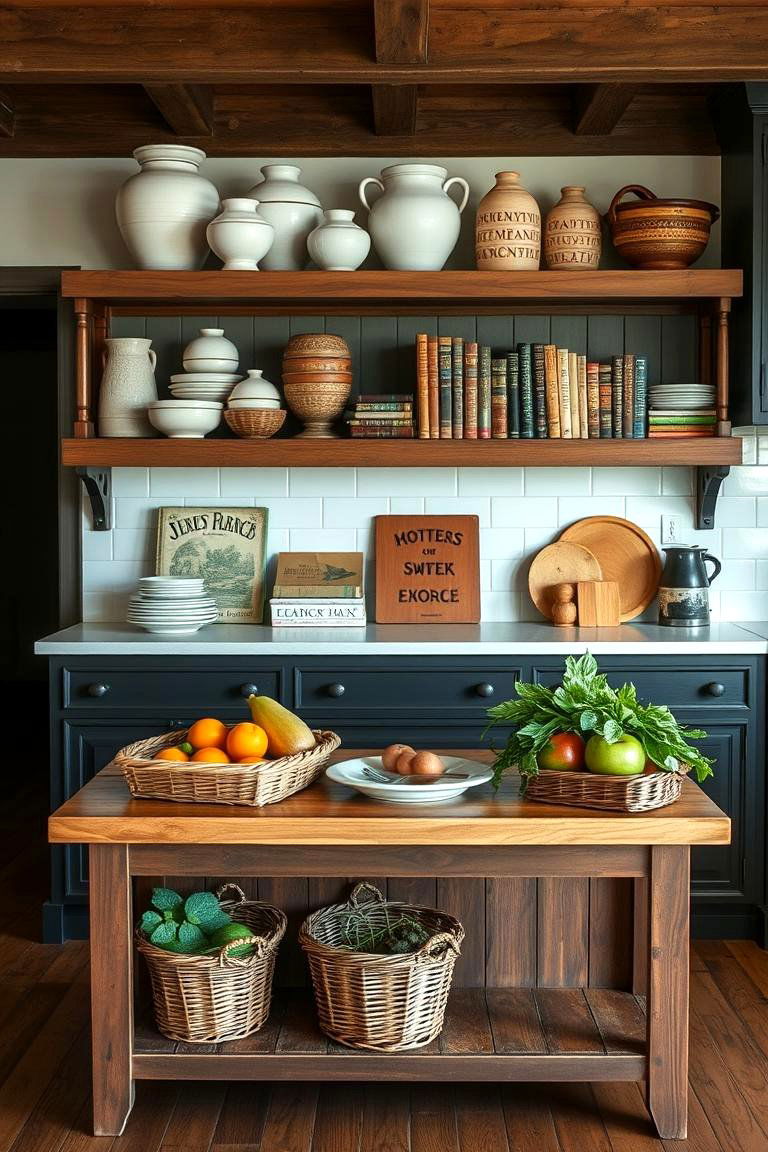
For those who appreciate a touch of visual interest, consider an island design with open shelving. This allows you to display your favorite rustic pottery, cookbooks, or even fresh produce. Open shelves not only add to the aesthetic but also provide easily accessible storage. The key is to keep the displayed items curated and uncluttered to maintain a stylish and functional space.
5. Wrought Iron Accents
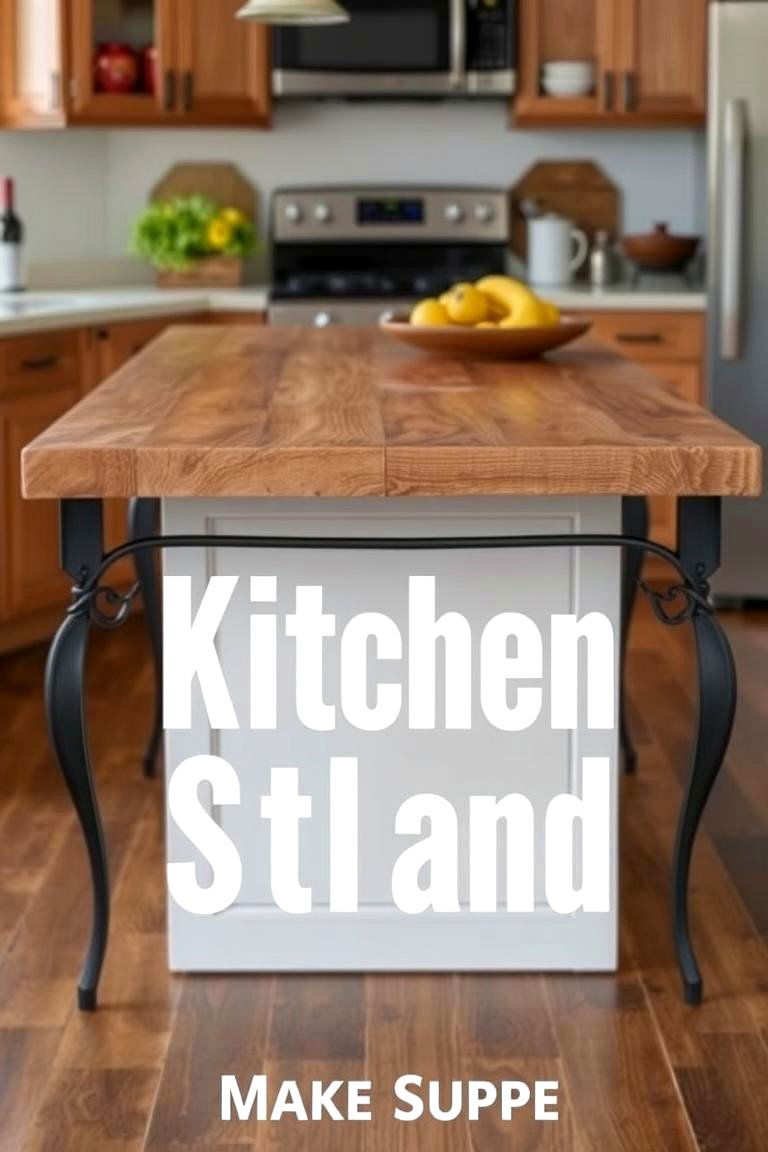
Bringing in elements of wrought iron can significantly enhance the rustic character of your kitchen island. Consider incorporating wrought iron legs, decorative brackets, or even a towel bar. The dark, sturdy nature of wrought iron provides a beautiful contrast to lighter wood tones and adds a touch of old-world craftsmanship. These details can elevate the island's design and contribute to a more authentic rustic feel.
6. Repurposed Furniture Base
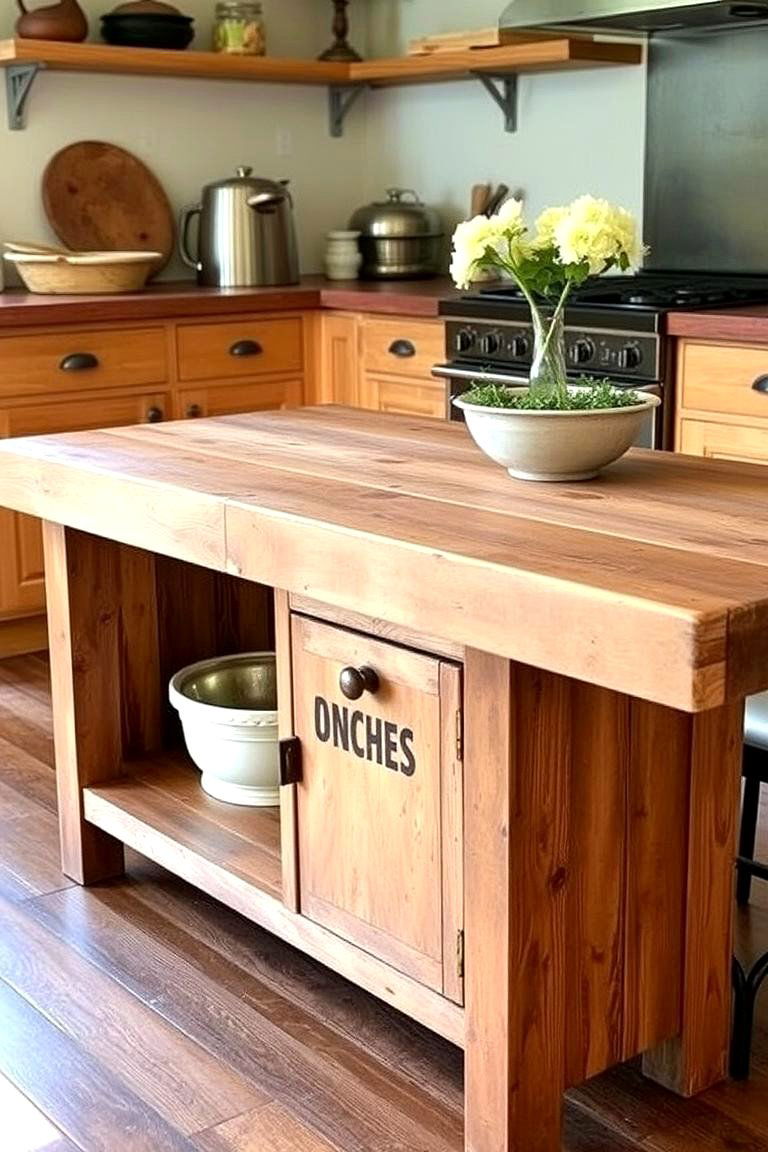
Take an unconventional approach by repurposing an old piece of furniture, such as a sturdy dresser or a vintage workbench, as the base for your kitchen island. This instantly injects a unique and personalized touch into your kitchen. Look for pieces with interesting details and a naturally aged patina. With a few modifications, this repurposed gem can become a stunning and functional centerpiece.
7. Stone Slab Countertop
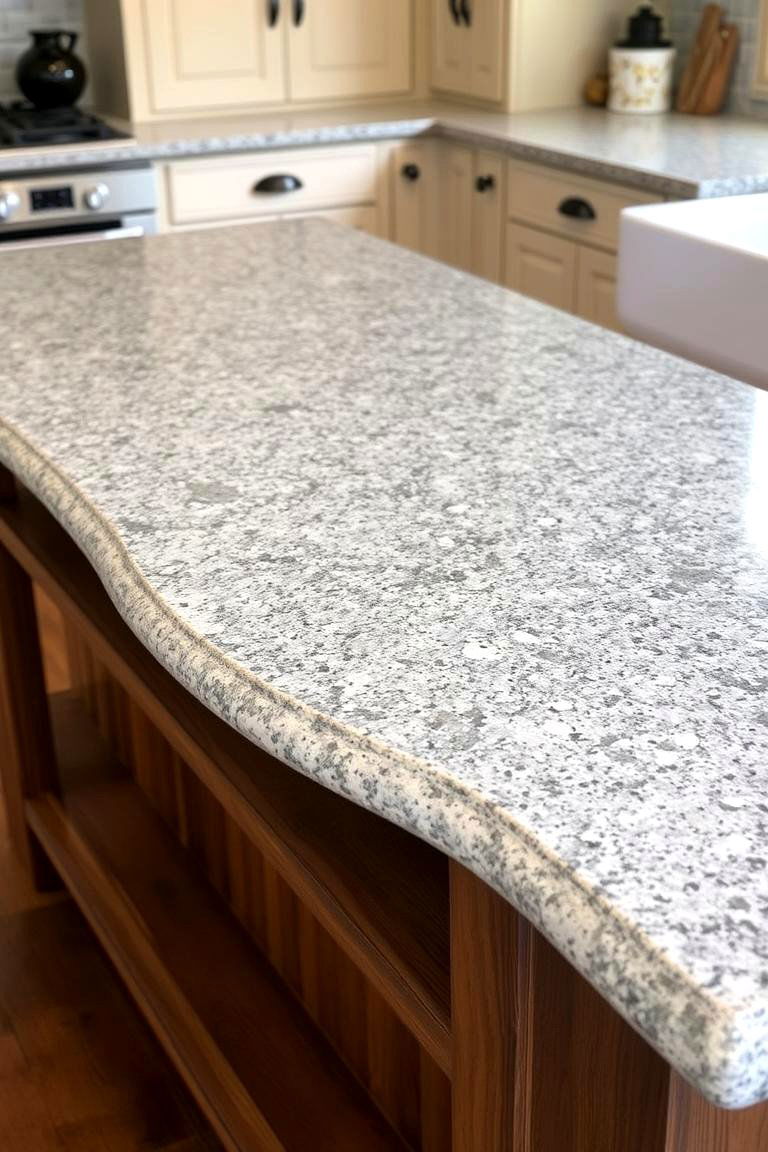
The natural beauty of a stone slab countertop, such as granite or soapstone, can perfectly complement a rustic kitchen island. The inherent variations in color and texture of natural stone add an organic and earthy feel. These materials are also incredibly durable and can withstand the rigors of daily kitchen use. A stone countertop on a rustic base creates a timeless and sophisticated look.
8. Beadboard Paneling Detail

Consider adding beadboard paneling to the sides or back of your rustic kitchen island. This classic design element adds subtle texture and visual interest, enhancing the overall farmhouse or cottage-inspired aesthetic. Beadboard is relatively easy to install and can be painted or stained to match your desired color scheme, providing a charming detail without overwhelming the design.
9. Built-in Wine Rack
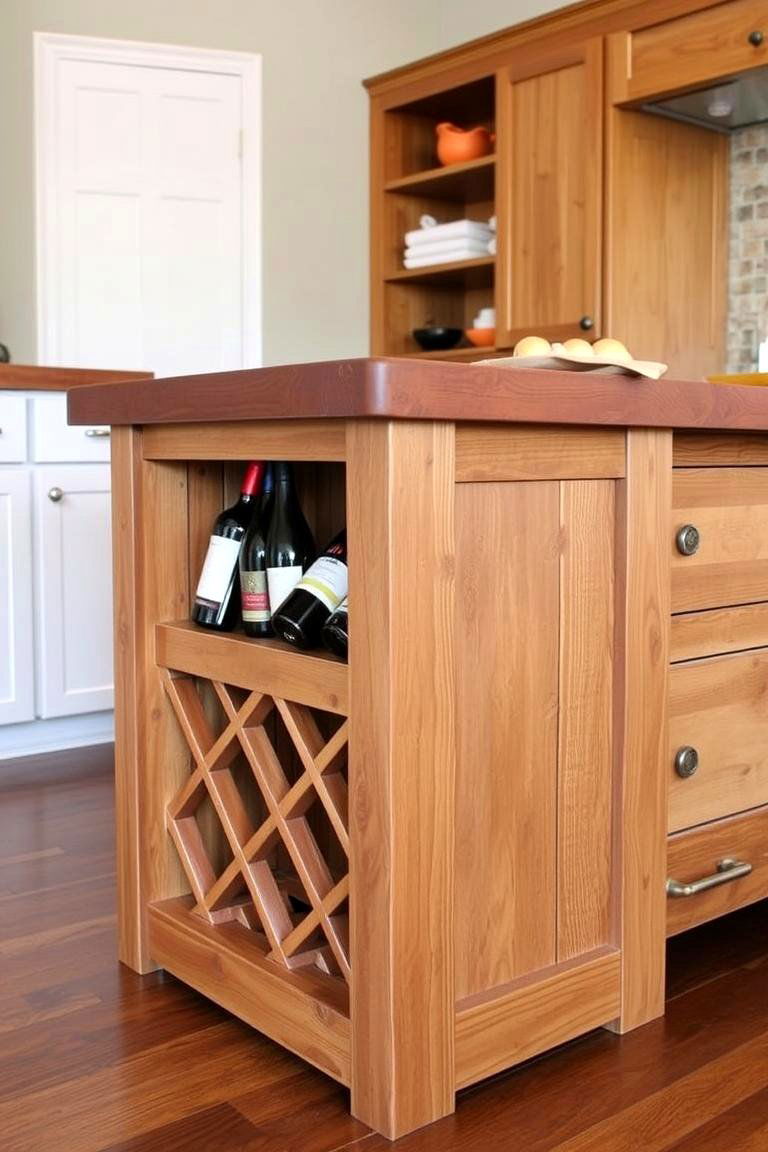
For those who enjoy entertaining, integrating a built-in wine rack into your rustic kitchen island can be a wonderful addition. This not only provides convenient storage for your wine collection but also adds a touch of sophistication to the rustic charm. Imagine having your favorite bottles readily accessible while preparing meals or hosting gatherings.
10. Distressed Paint Finish
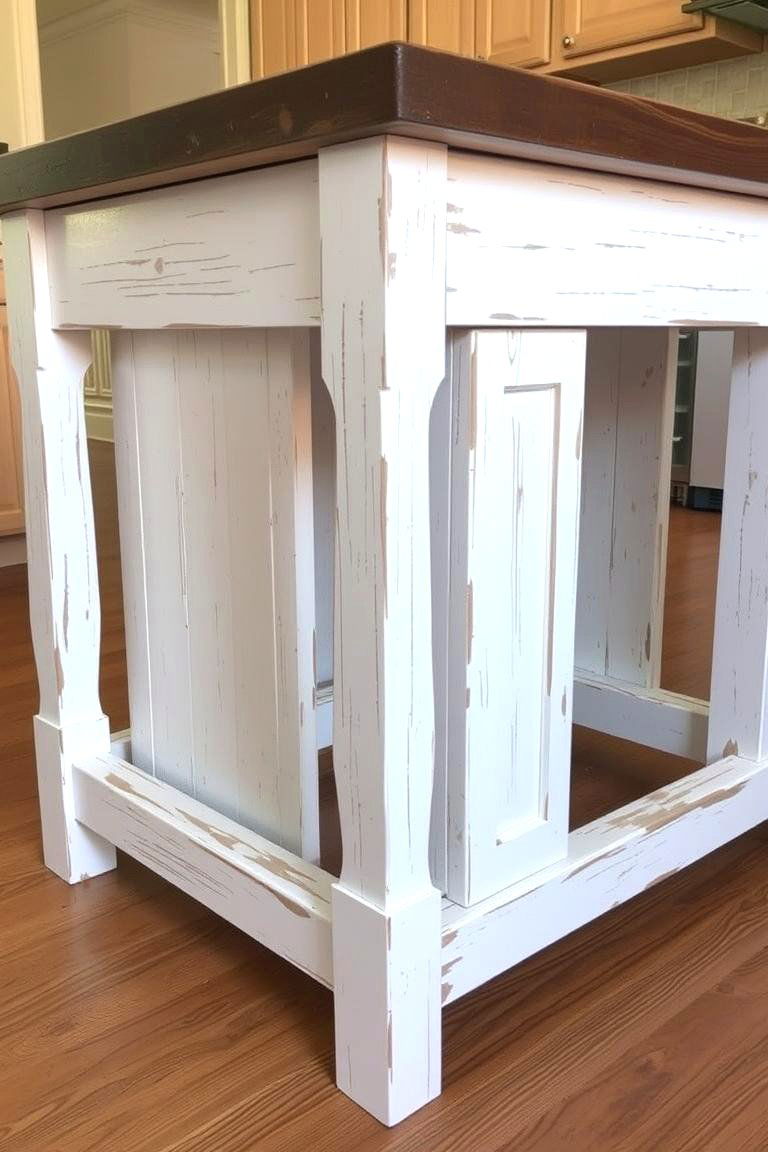
To truly embrace the rustic aesthetic, opt for a distressed paint finish on your kitchen island's base. This involves intentionally creating a slightly worn or aged look, perhaps by sanding away some of the paint to reveal the wood underneath. This technique adds character and a sense of history to the piece, making it feel like a cherished antique.
11. Chunky Wooden Legs
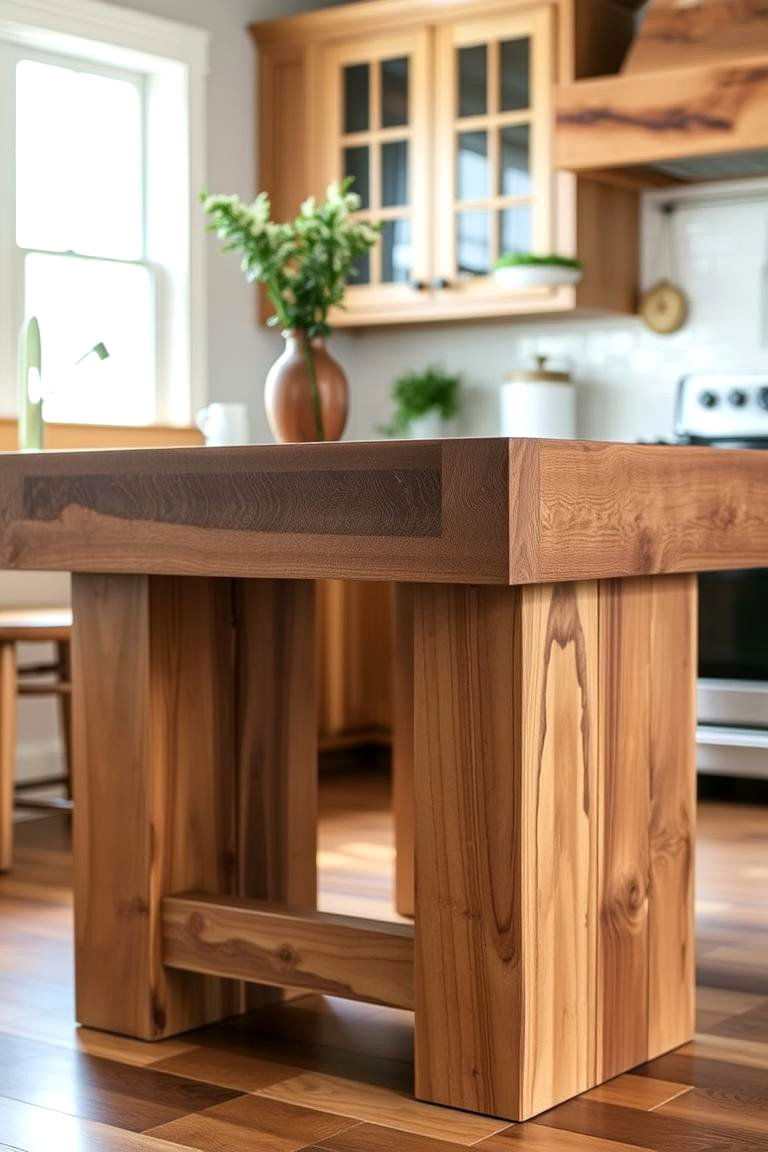
Another way to enhance the rustic feel is by using chunky wooden legs for your kitchen island. These substantial supports add a sense of solidity and visual weight, contributing to the overall robust and handcrafted appearance. Choose a wood type with a visible grain to further emphasize the natural element of the design.
12. Open Storage Crates
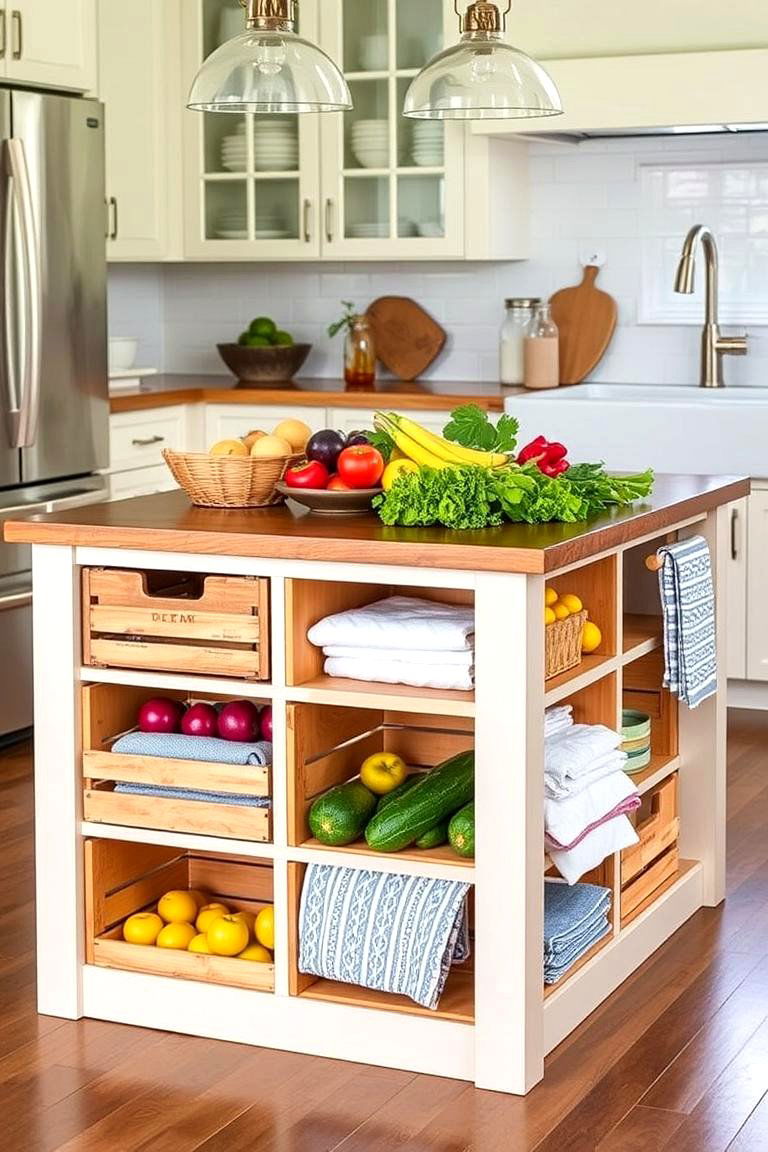
For a more casual and functional rustic look, incorporate open storage crates into your kitchen island design. These can be used to store everything from produce to kitchen linens, adding a touch of practicality and visual appeal. The natural texture of wooden crates complements the rustic aesthetic perfectly and offers easy access to frequently used items.
13. Industrial Pipe Accents
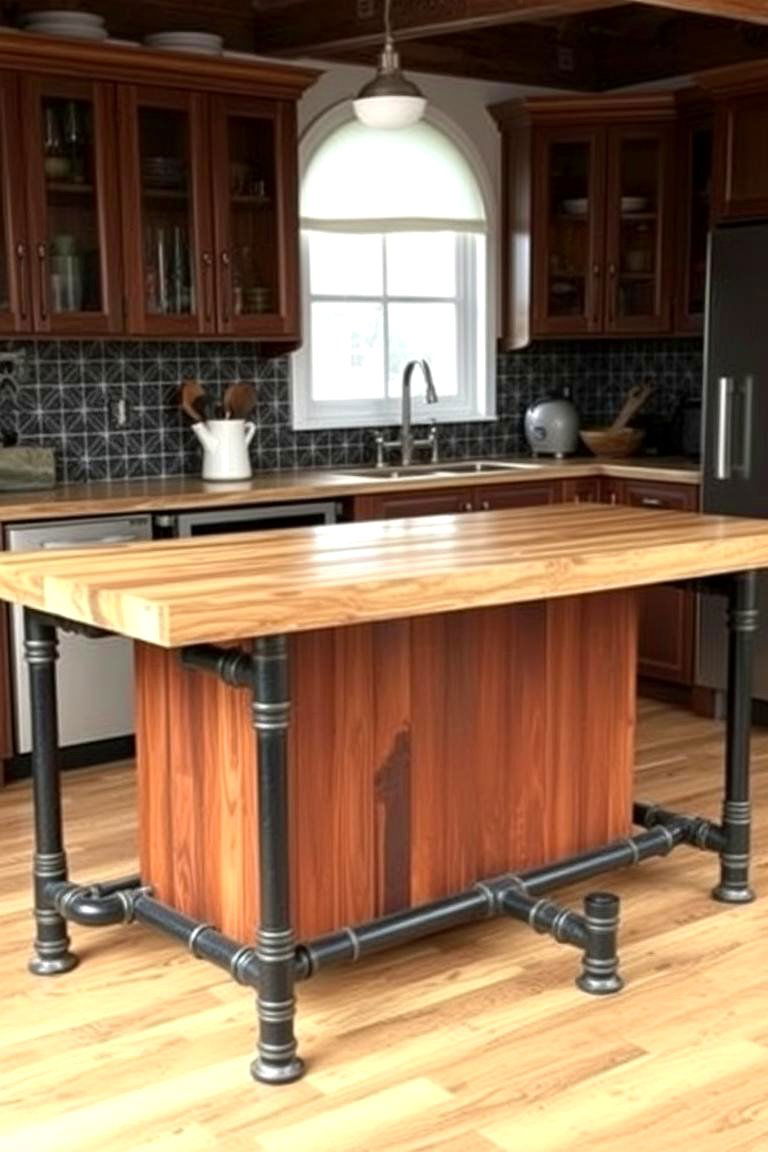
Bringing in industrial elements, such as pipe legs or a pipe towel bar, can create a unique and edgy rustic look. The raw, utilitarian feel of metal pipes provides a striking contrast to the warmth of wood, resulting in a stylish and functional island. This approach is particularly well-suited for a modern farmhouse or industrial-inspired kitchen.
14. Natural Wood Slab Countertop with Live Edge
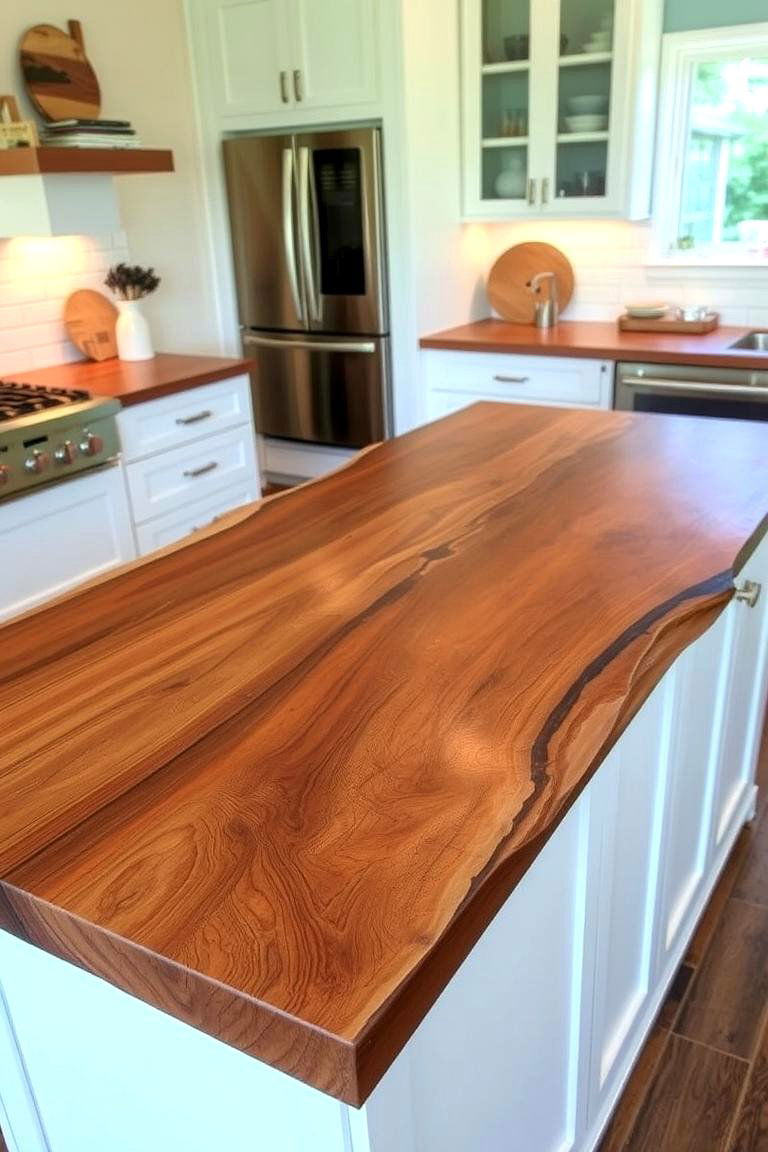
What about a natural wood slab countertop with a live edge? This design celebrates the natural form of the wood, showcasing its unique curves and imperfections. A live-edge countertop adds an organic and artistic element to your rustic kitchen island, making it a true statement piece. Ensure the wood is properly sealed for durability and longevity.
15. Antique Hardware Details
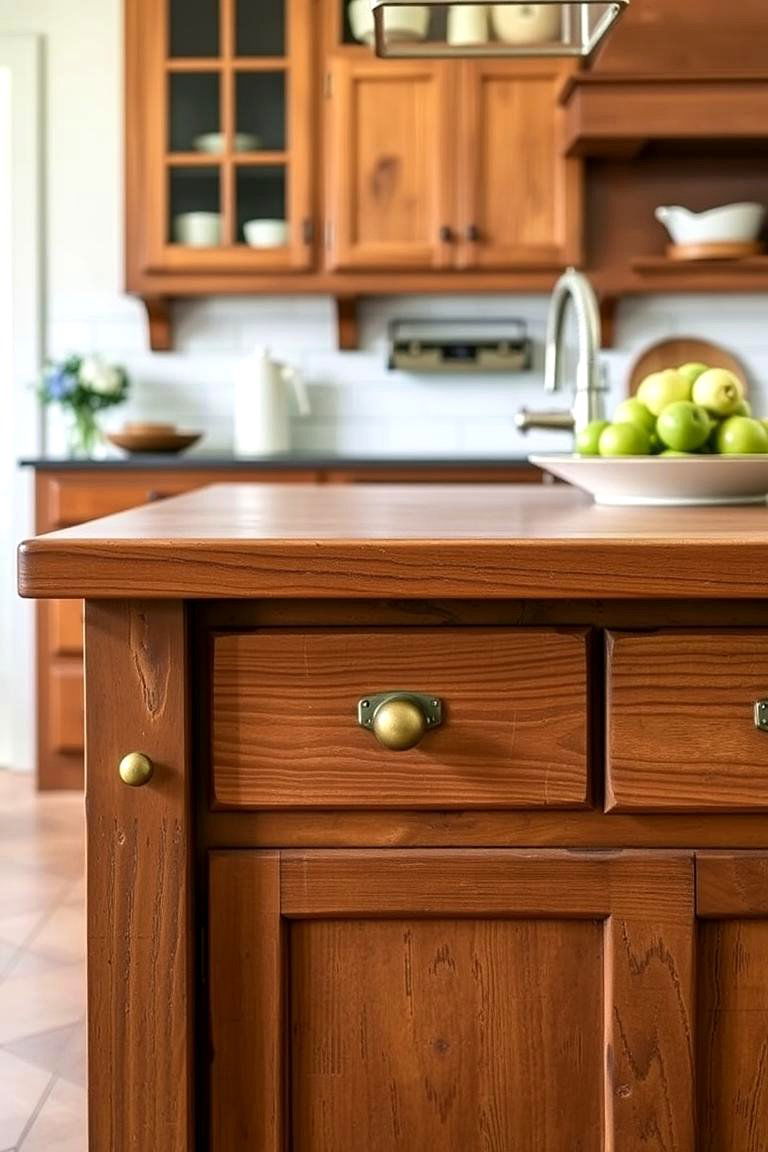
Don't underestimate the impact of antique hardware. Choosing vintage-style knobs, pulls, and hinges can significantly enhance the rustic character of your kitchen island. Look for finishes like oil-rubbed bronze or antique brass to complement the aged look of the wood and add an authentic touch.
16. Island with Seating Nook
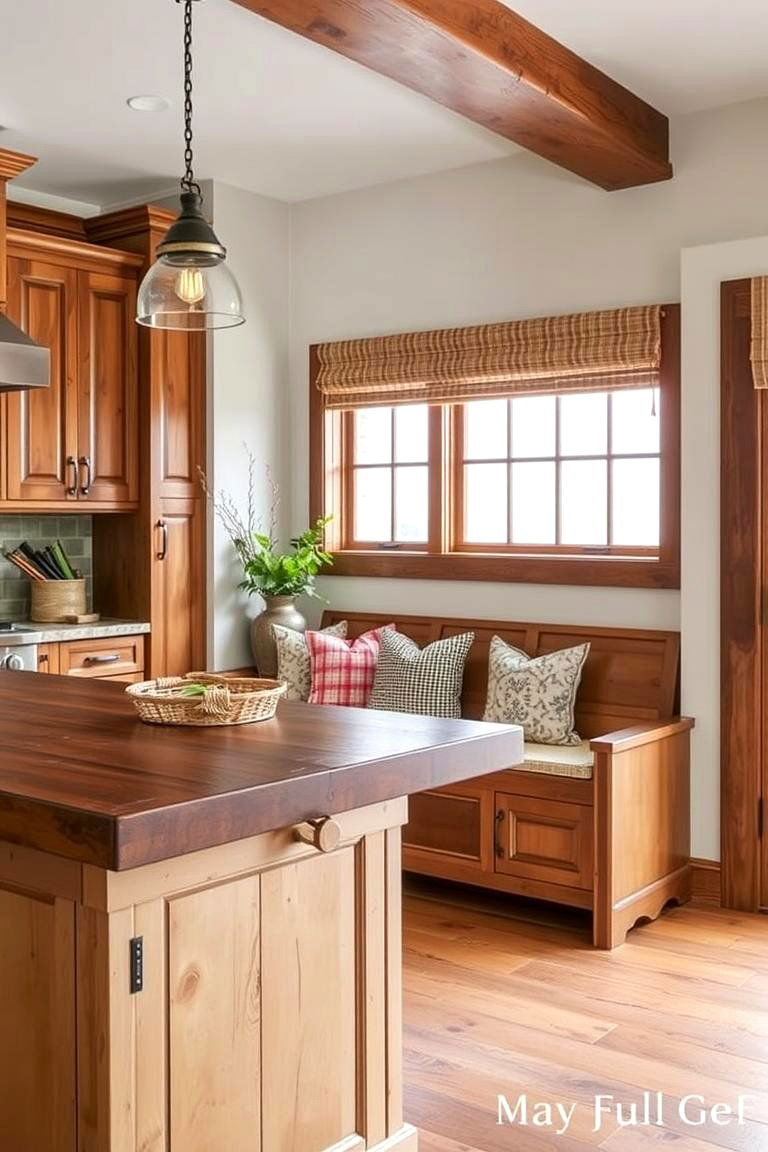
Consider designing your rustic kitchen island with a built-in seating nook. This creates a cozy and inviting spot for casual meals or for guests to sit while you prepare food. Incorporate comfortable stools or benches with rustic finishes to complete the look and enhance the functionality of your island.
17. Exposed Wooden Beams Overhead
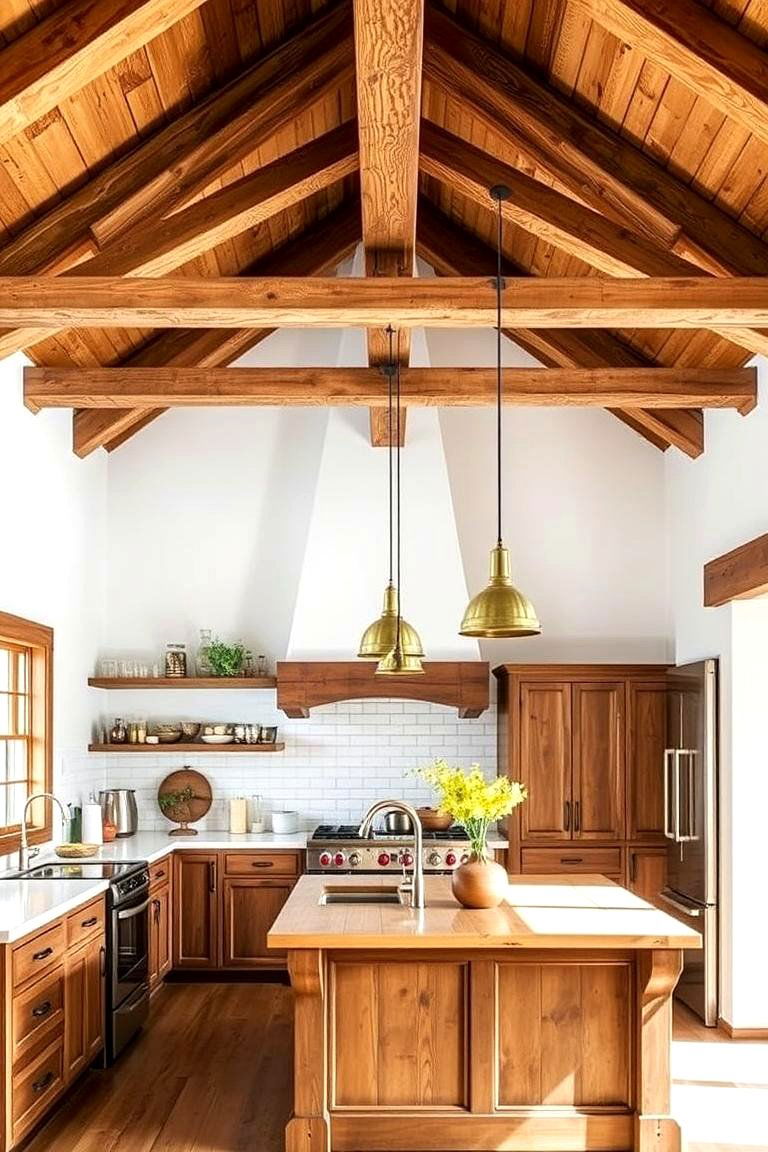
While not part of the island itself, incorporating exposed wooden beams directly above can visually connect to the rustic island below. This architectural detail enhances the overall farmhouse or timber-frame aesthetic of the kitchen, creating a cohesive and warm atmosphere.
18. Chalkboard Paint Panel
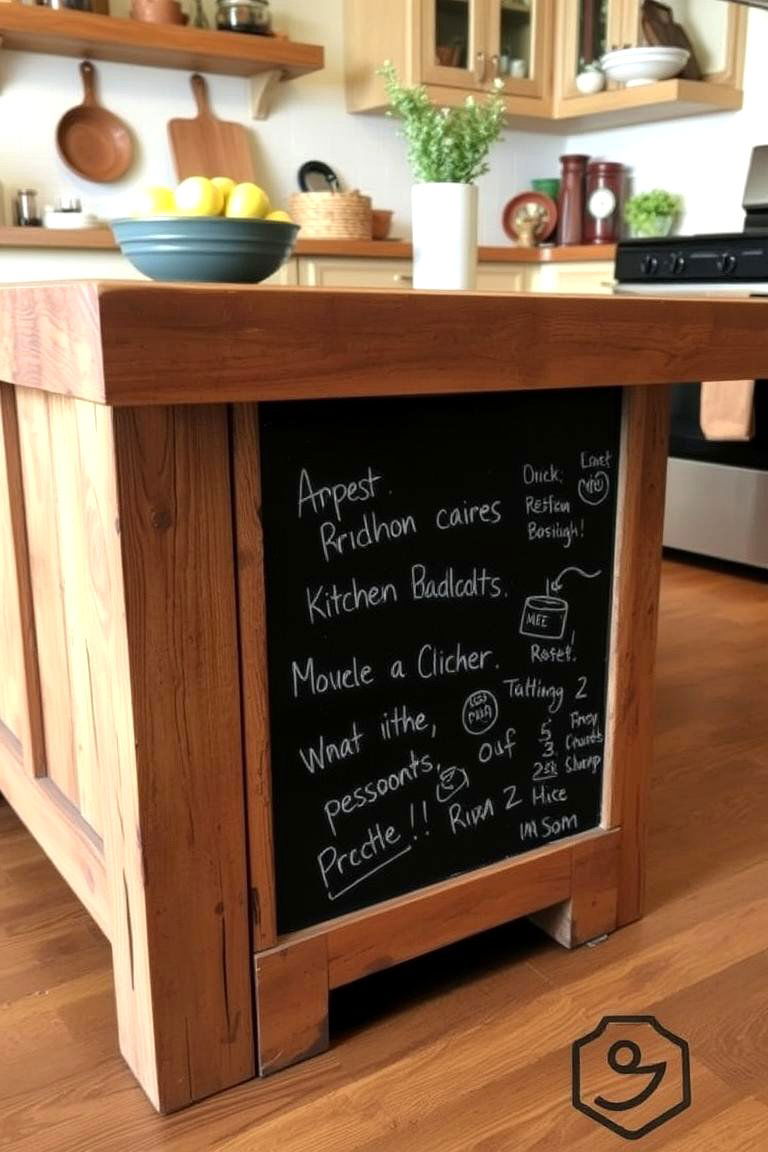
Adding a panel of chalkboard paint to the side of your rustic kitchen island can be a fun and practical feature. This allows you to jot down grocery lists, recipes, or leave messages for family members. It's a simple yet effective way to add a touch of personality and functionality to your kitchen.
19. Varying Wood Tones
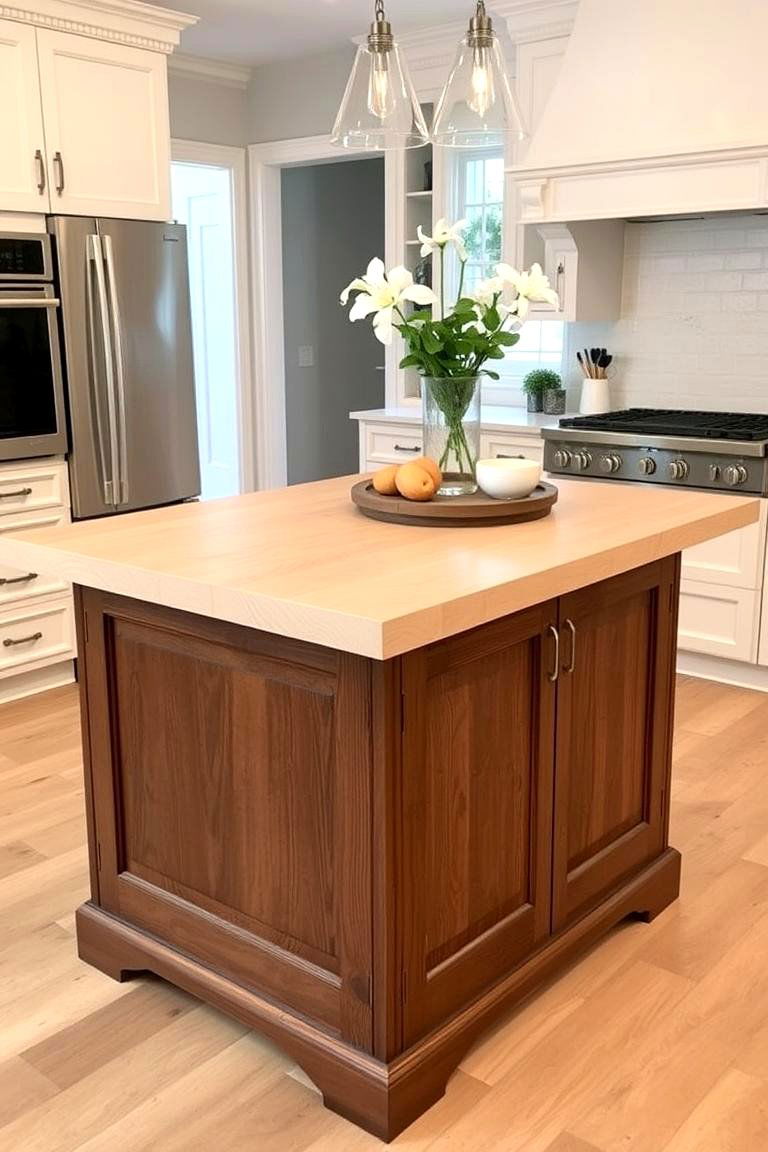
Don't be afraid to mix different wood tones in your rustic kitchen island design. Combining lighter and darker woods can create visual interest and depth. For example, a light maple countertop could sit atop a base made of darker walnut or cherry, adding a layer of complexity to the rustic aesthetic.
20. Rustic Lighting Fixtures Above
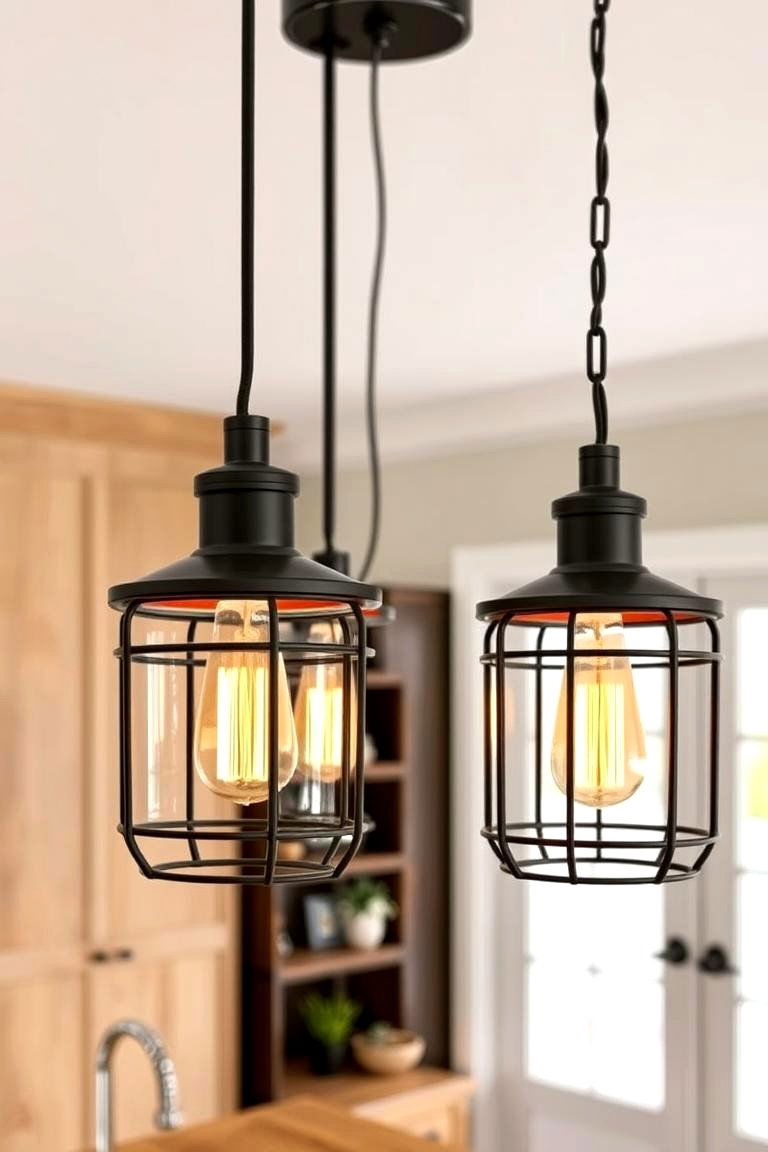
The lighting above your kitchen island plays a crucial role in enhancing its rustic charm. Consider installing pendant lights with metal finishes, exposed bulbs, or even repurposed vintage fixtures. The right lighting can create a warm and inviting ambiance, highlighting the beauty of your rustic island.
21. Island on Wheels
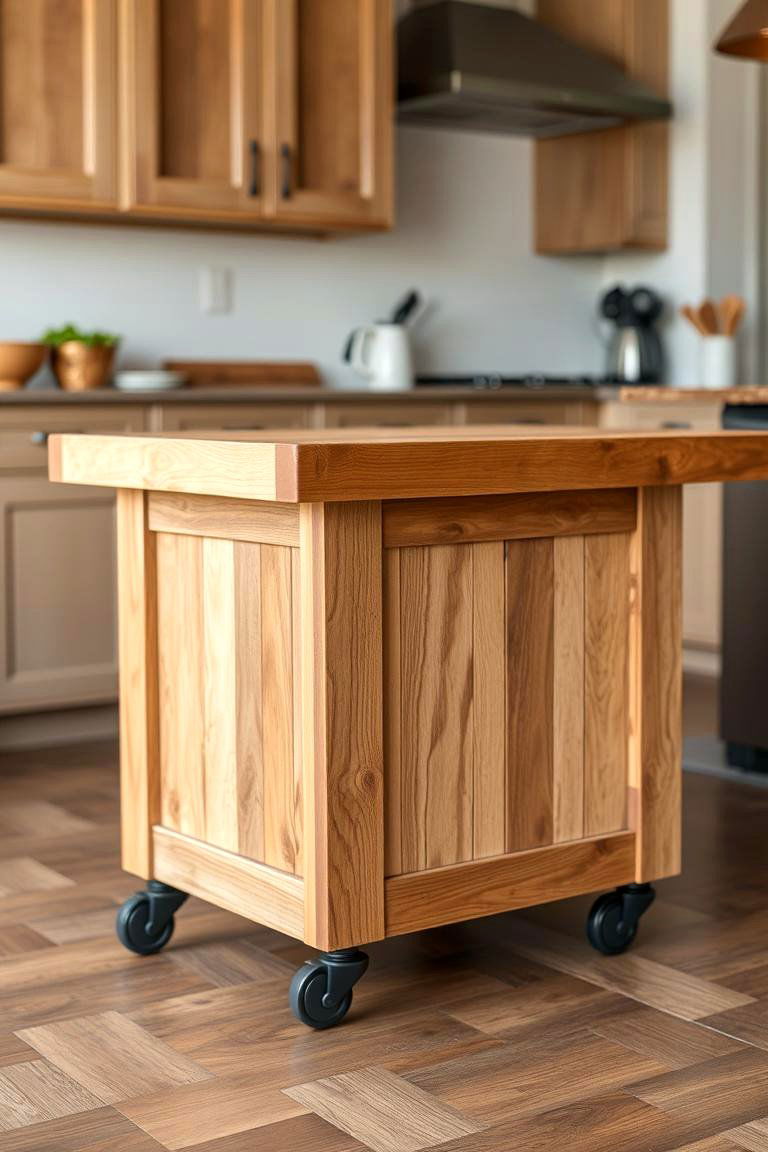
For added flexibility, consider a rustic kitchen island on wheels. This allows you to easily move the island around your kitchen as needed, providing extra workspace or serving space when entertaining. Choose sturdy casters that complement the rustic aesthetic of the island.
22. Integrated Spice Rack
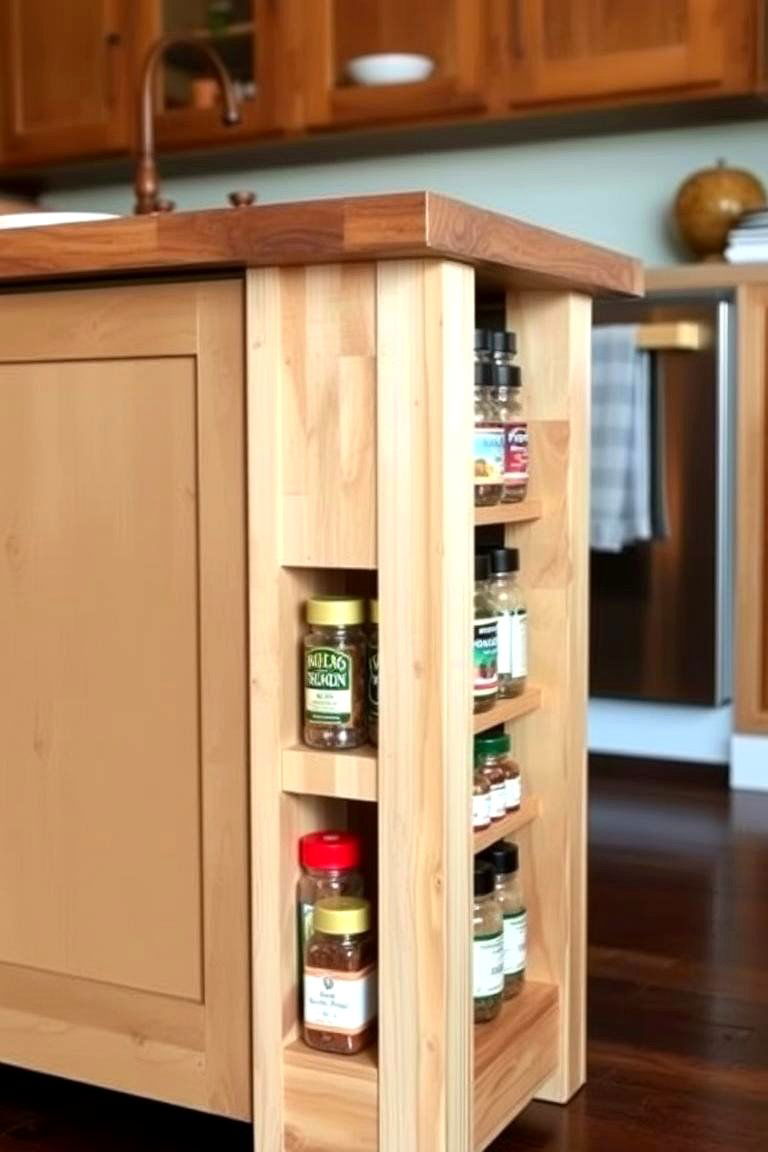
A practical addition to any kitchen island is an integrated spice rack. Consider incorporating narrow shelves or drawers specifically designed for storing spices. This keeps your countertops clear and your spices easily accessible while maintaining the rustic charm of your island.
23. Distressed Metal Countertop
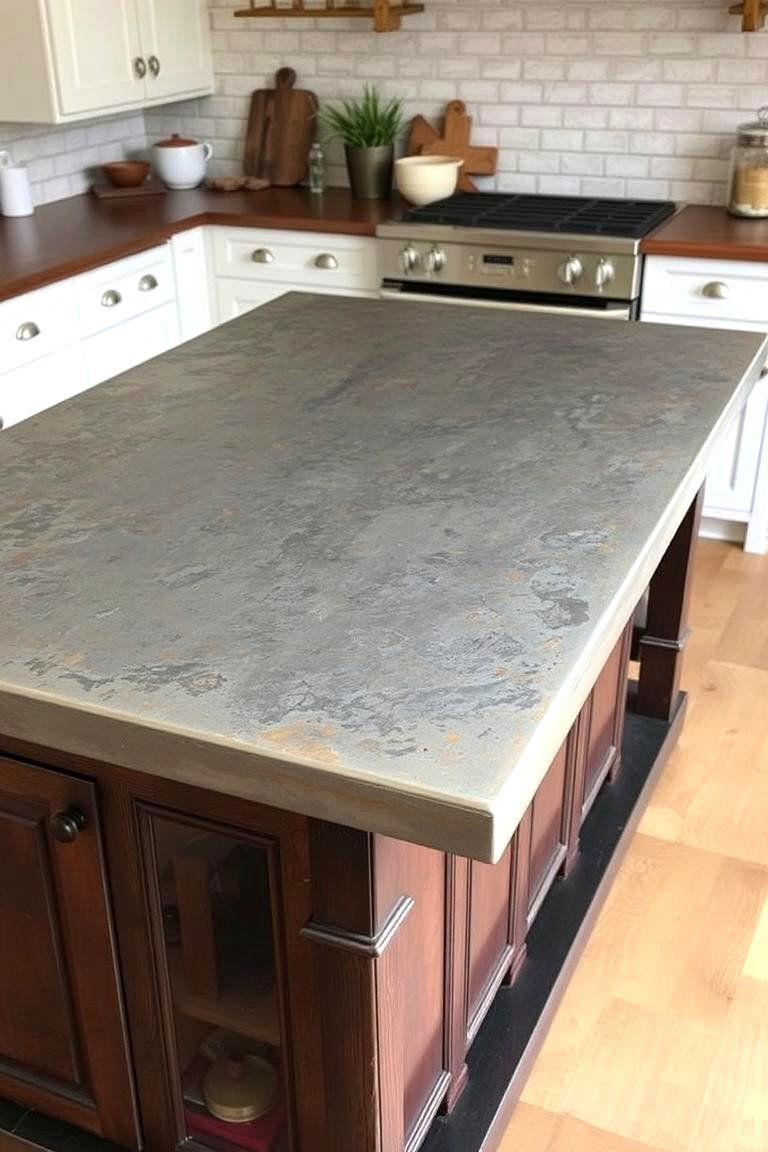
For a unique and industrial-inspired rustic look, consider a countertop made of distressed metal, such as zinc or copper. These materials develop a beautiful patina over time, adding to the aged and characterful feel. A metal countertop can be surprisingly durable and easy to clean, making it a practical and stylish choice.
24. Simple and Unadorned Design
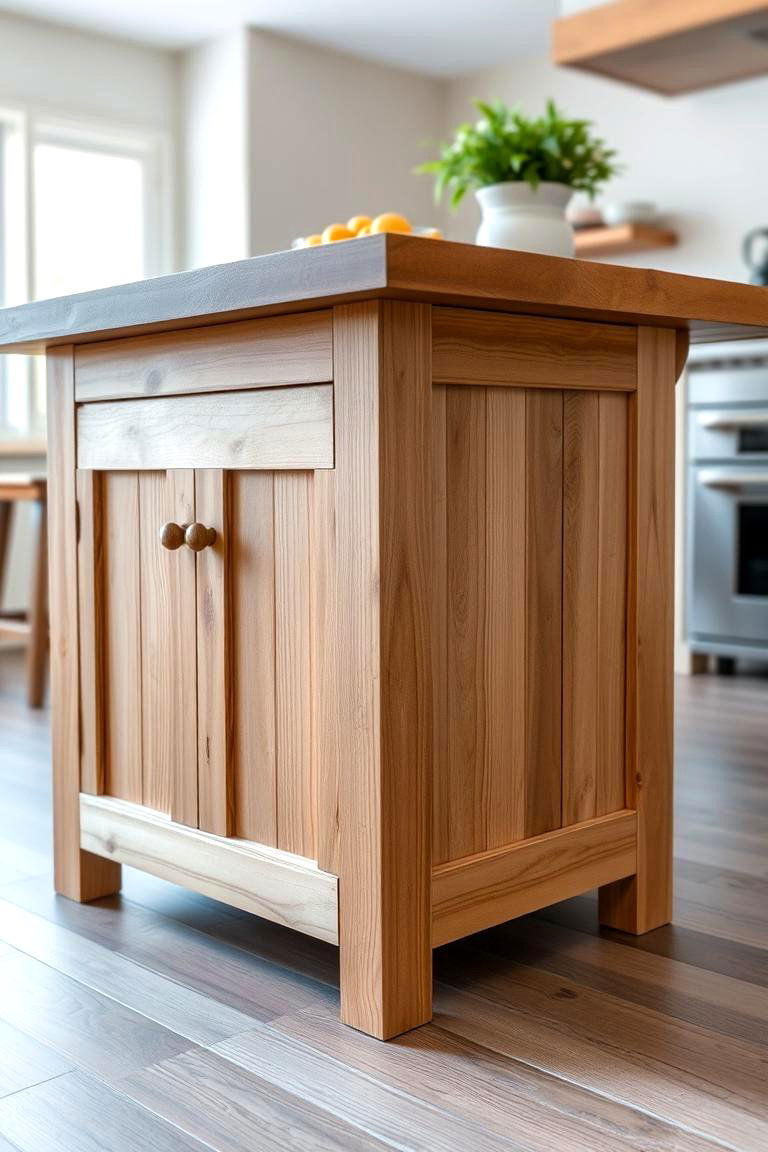
Finally, sometimes the best approach is simplicity. A rustic kitchen island doesn't always need elaborate details. A straightforward design with clean lines and natural wood can be just as impactful, allowing the beauty of the materials to shine through. Focus on quality craftsmanship and the inherent charm of the wood itself.
Conclusion:
Exploring the realm of rustic kitchen island ideas reveals a delightful array of options to infuse warmth, character, and functionality into the heart of your home. From the timeless appeal of reclaimed wood and butcher block to the unique charm of repurposed furniture and industrial accents, the possibilities are as diverse as individual tastes. The key to creating a truly successful rustic kitchen island lies in embracing natural materials, celebrating imperfections, and prioritizing both aesthetic appeal and practical utility. By thoughtfully considering these design elements, you can craft a kitchen centerpiece that not only enhances your culinary experience but also serves as a welcoming hub for family and friends, embodying the enduring charm of rustic design.


